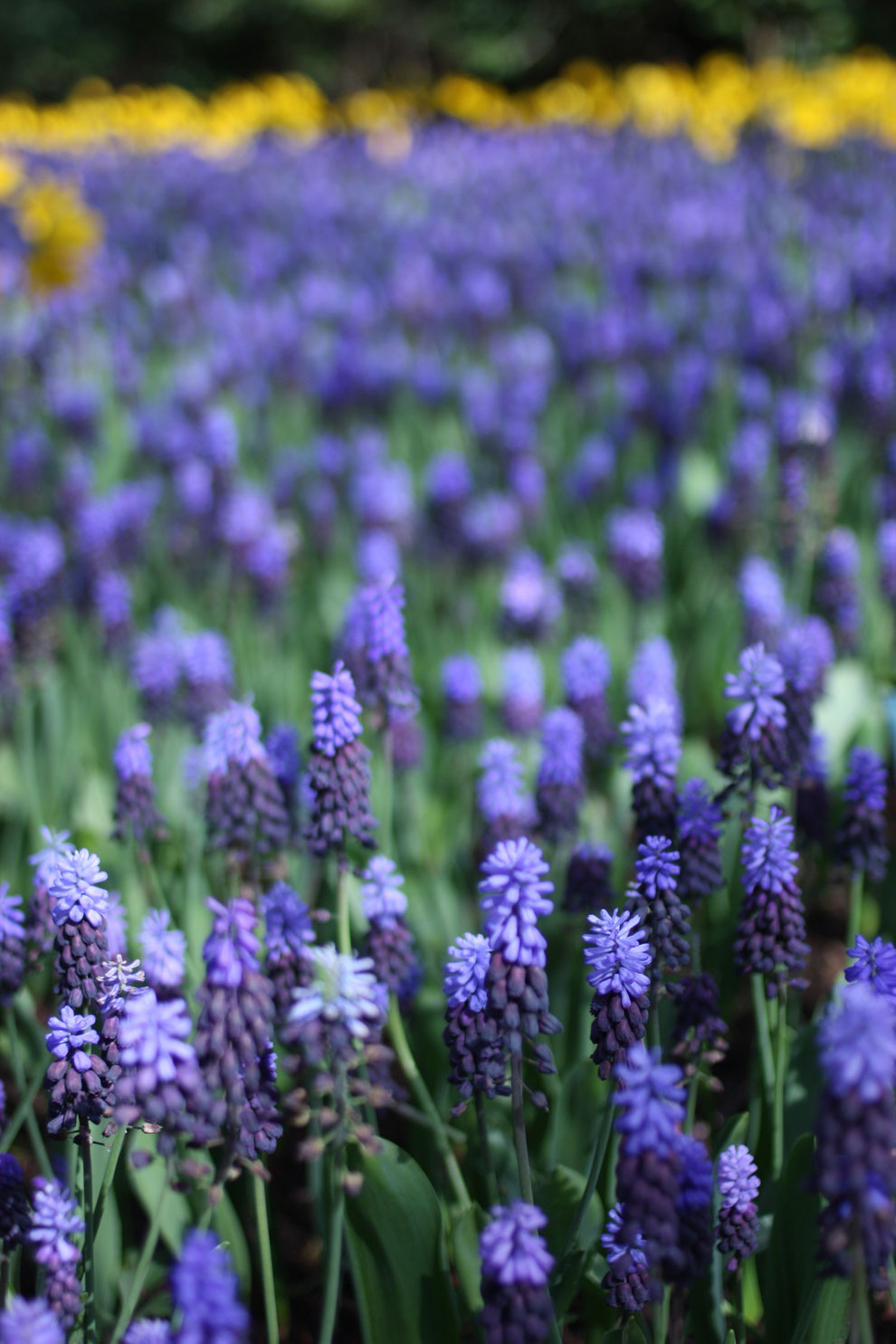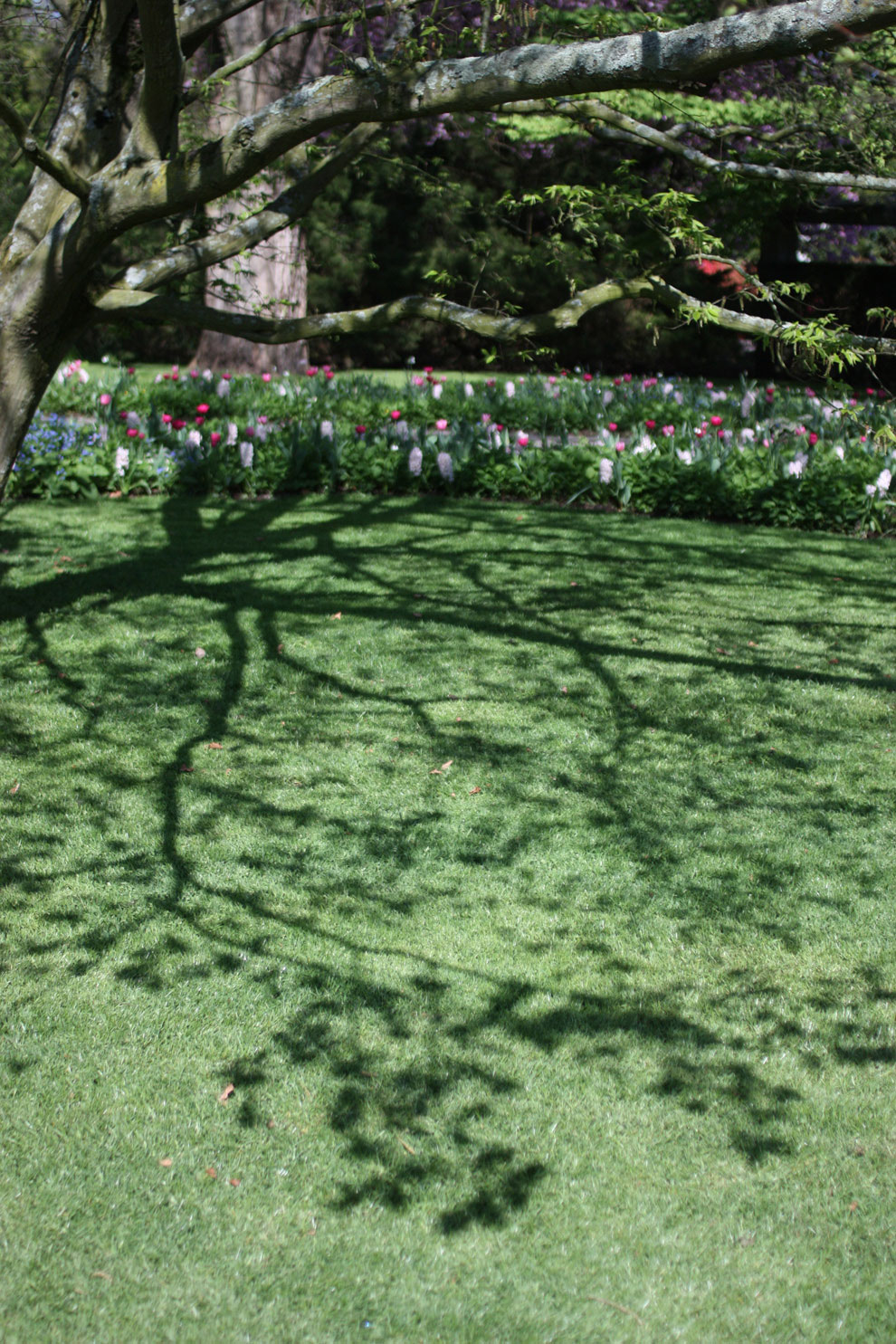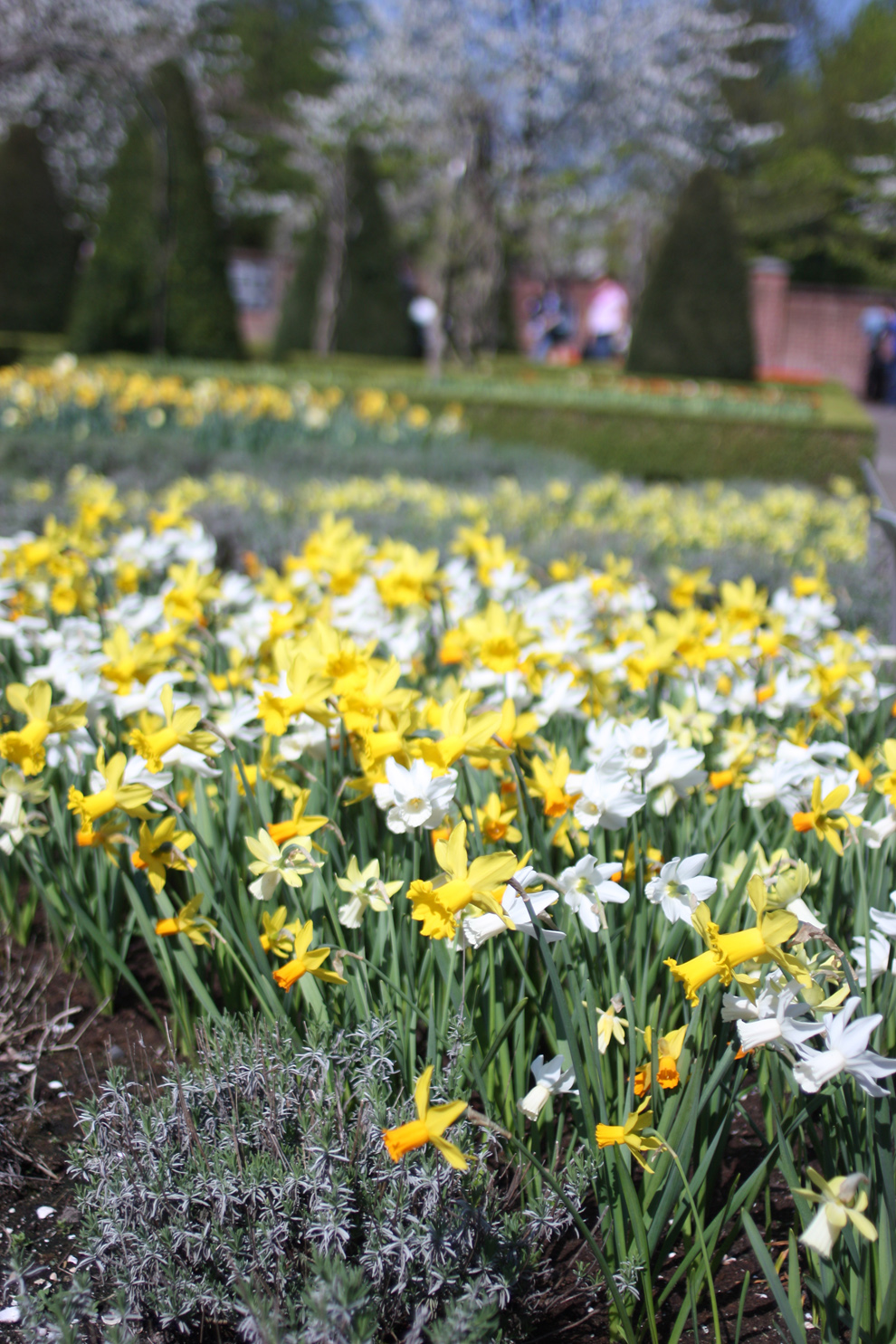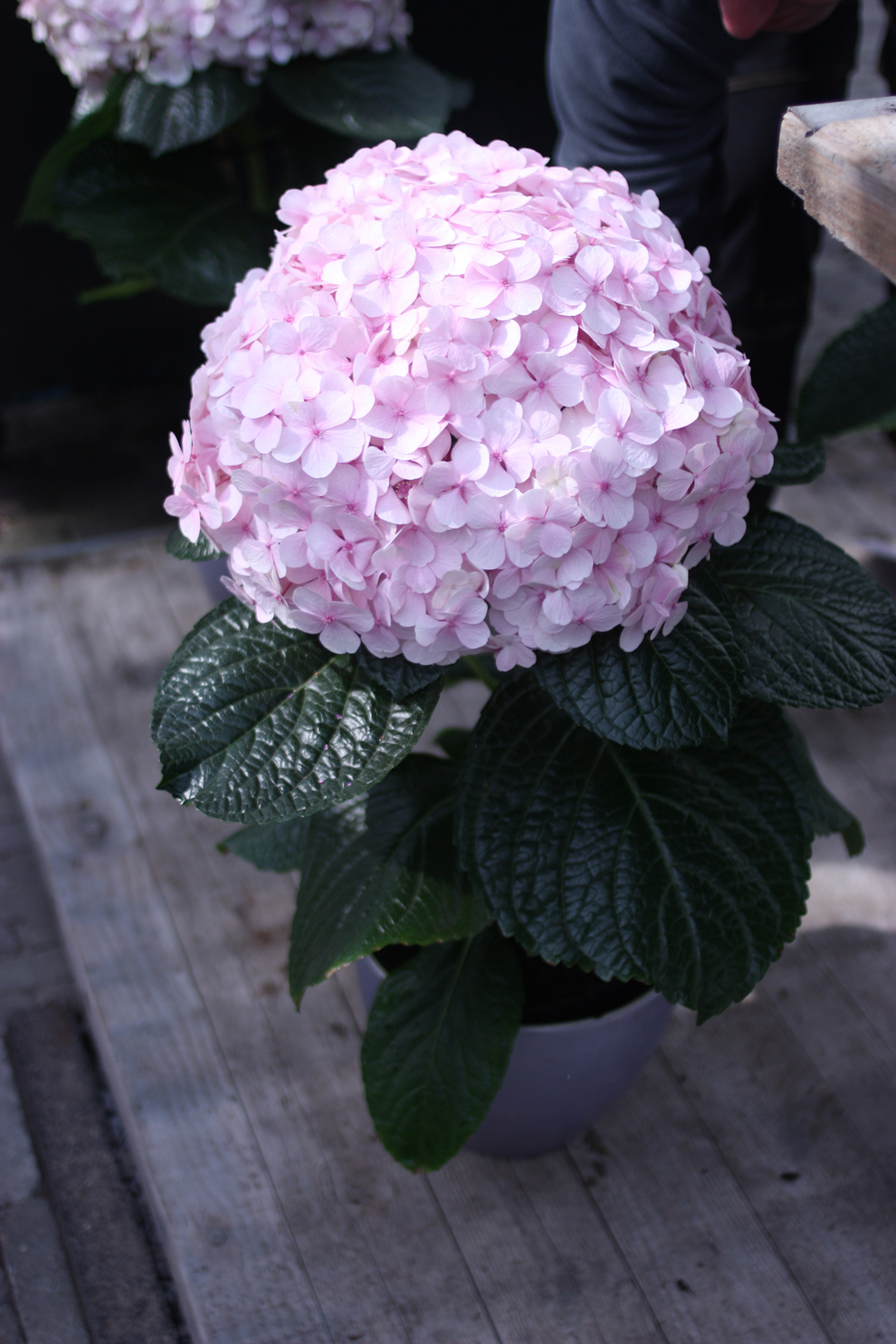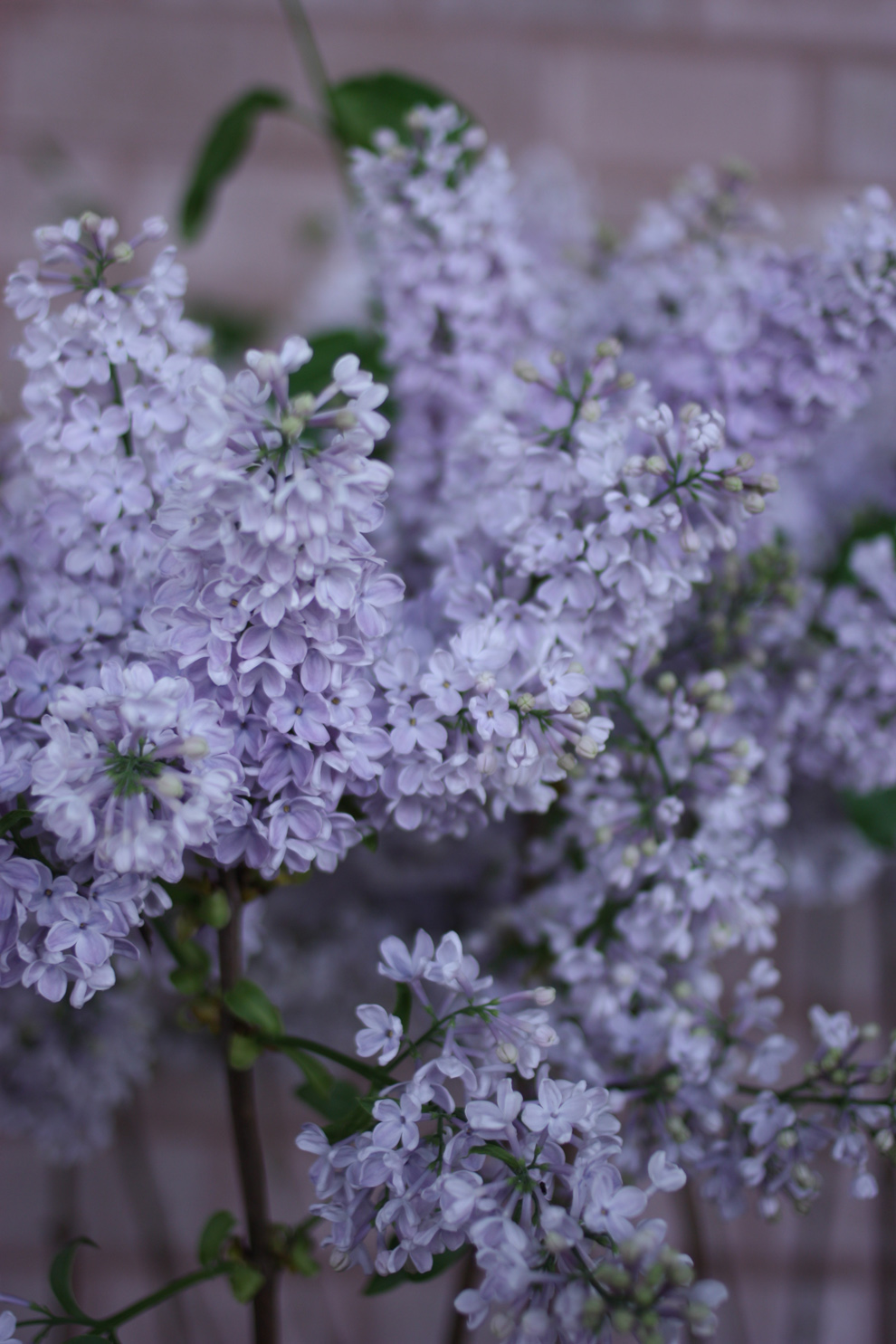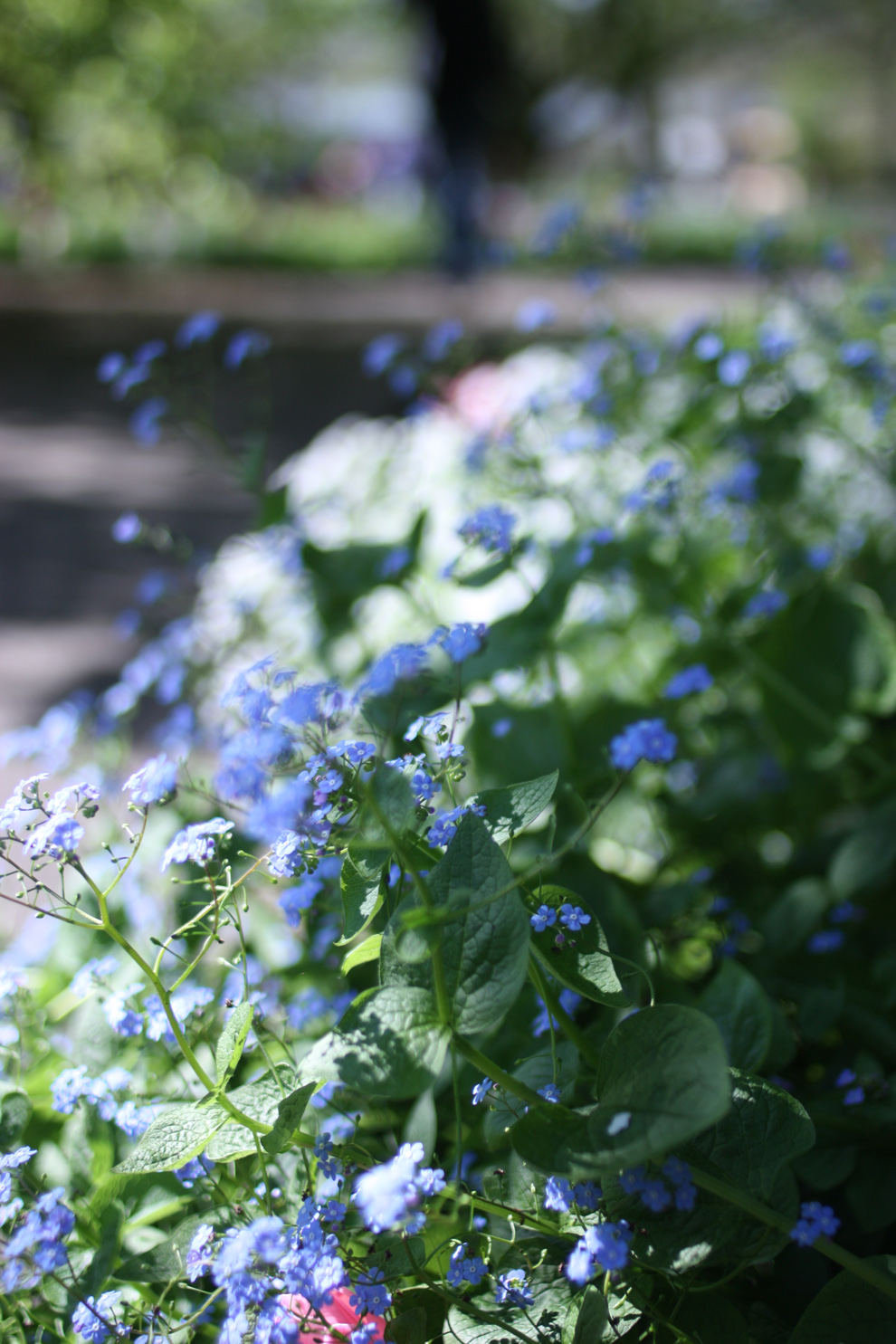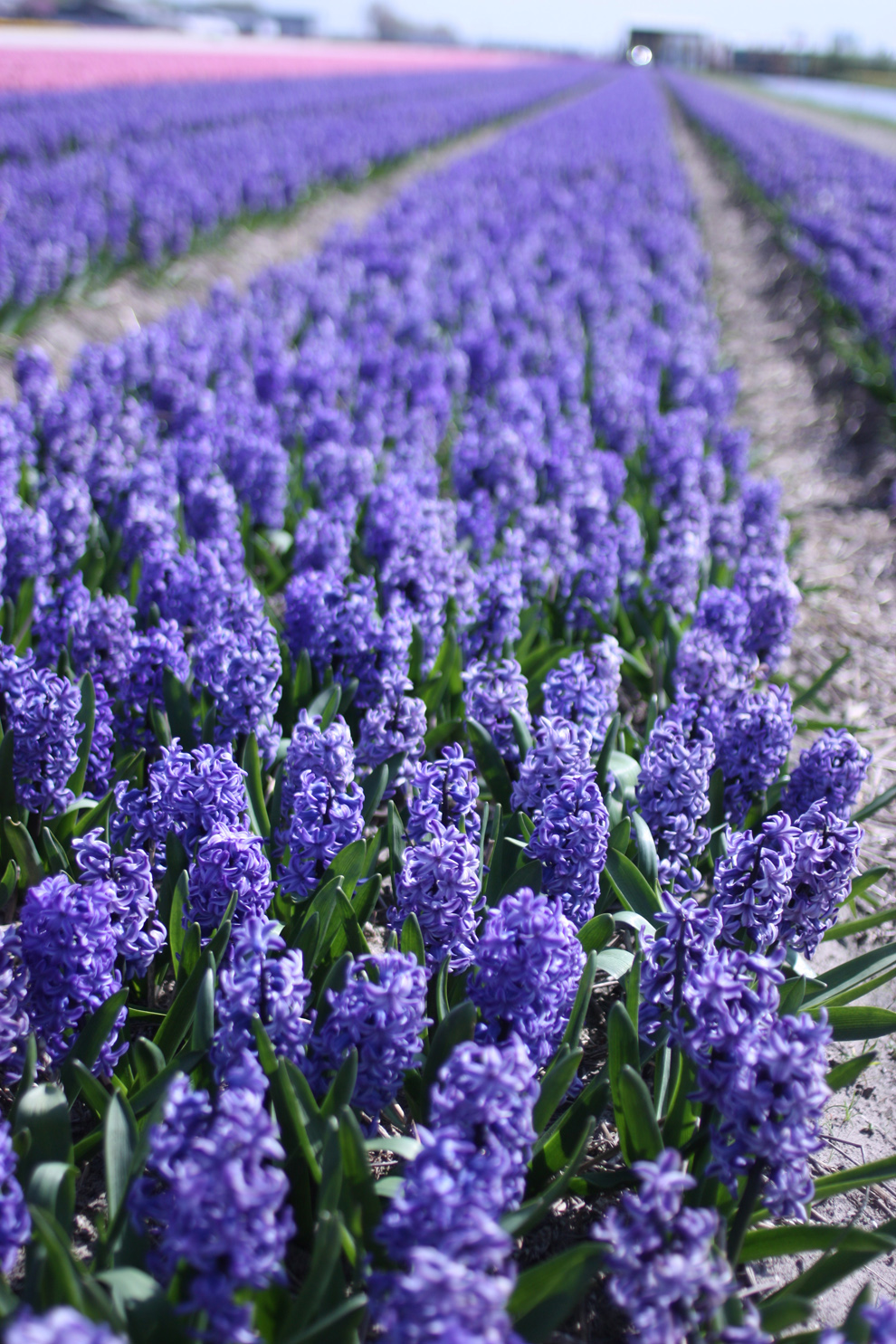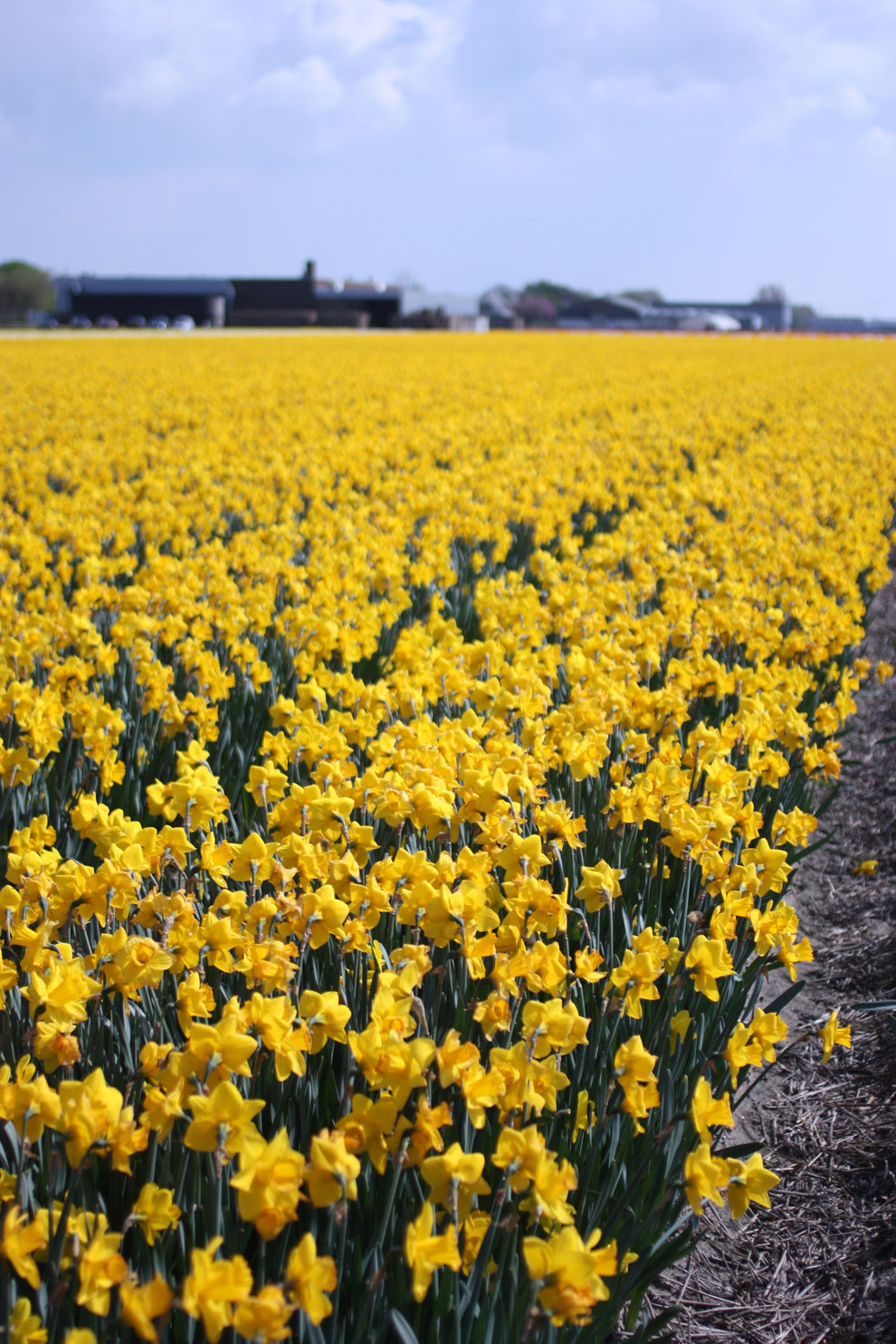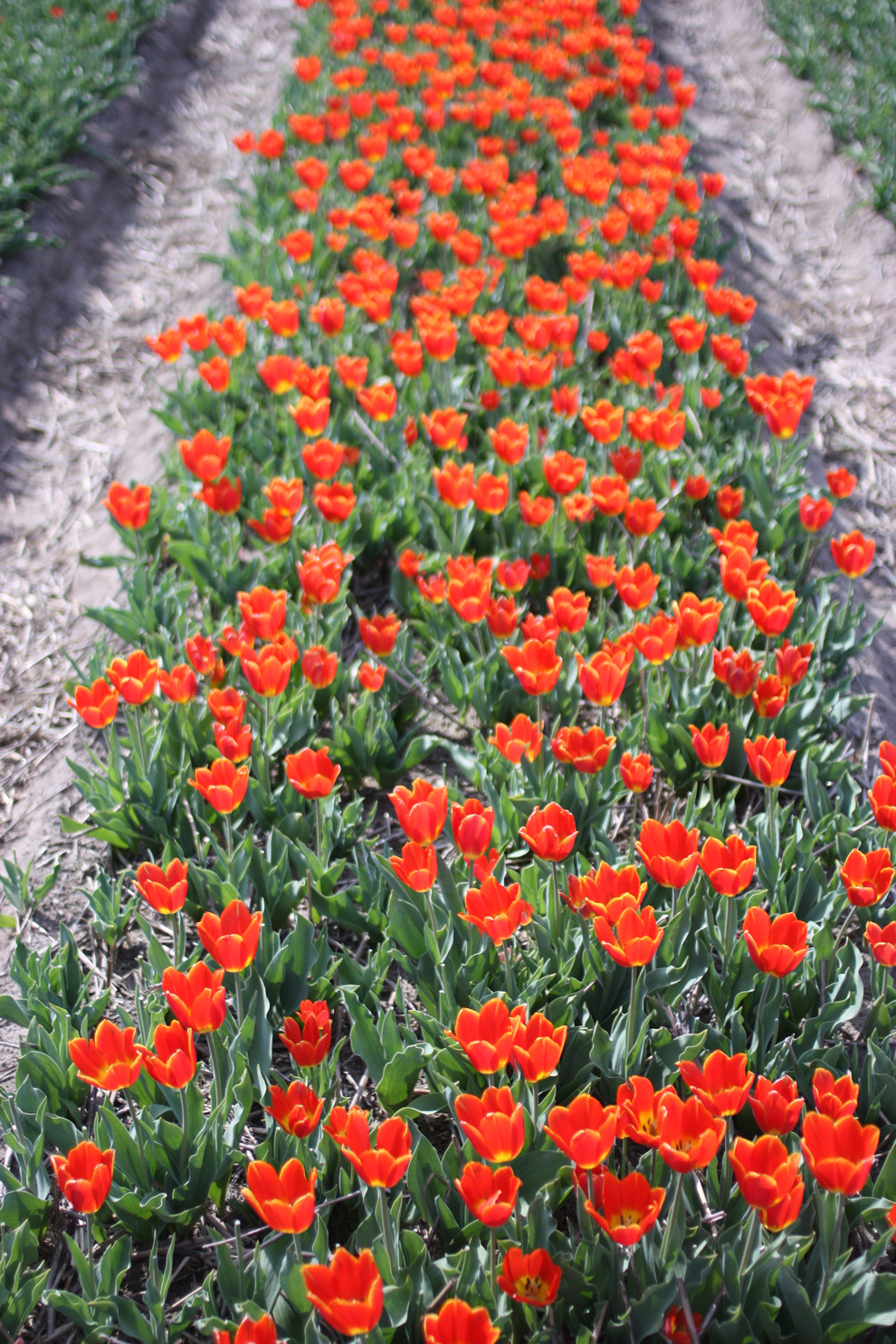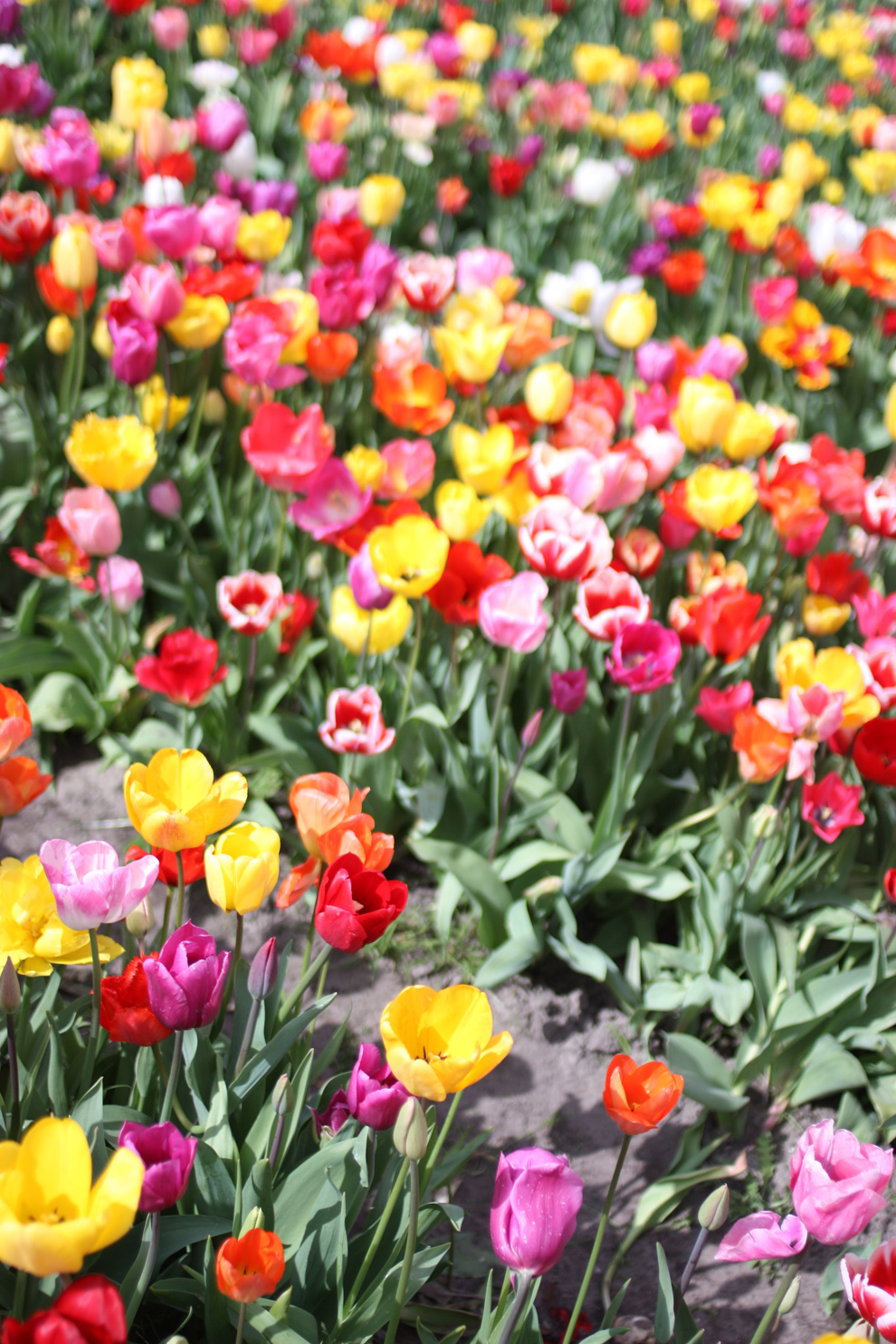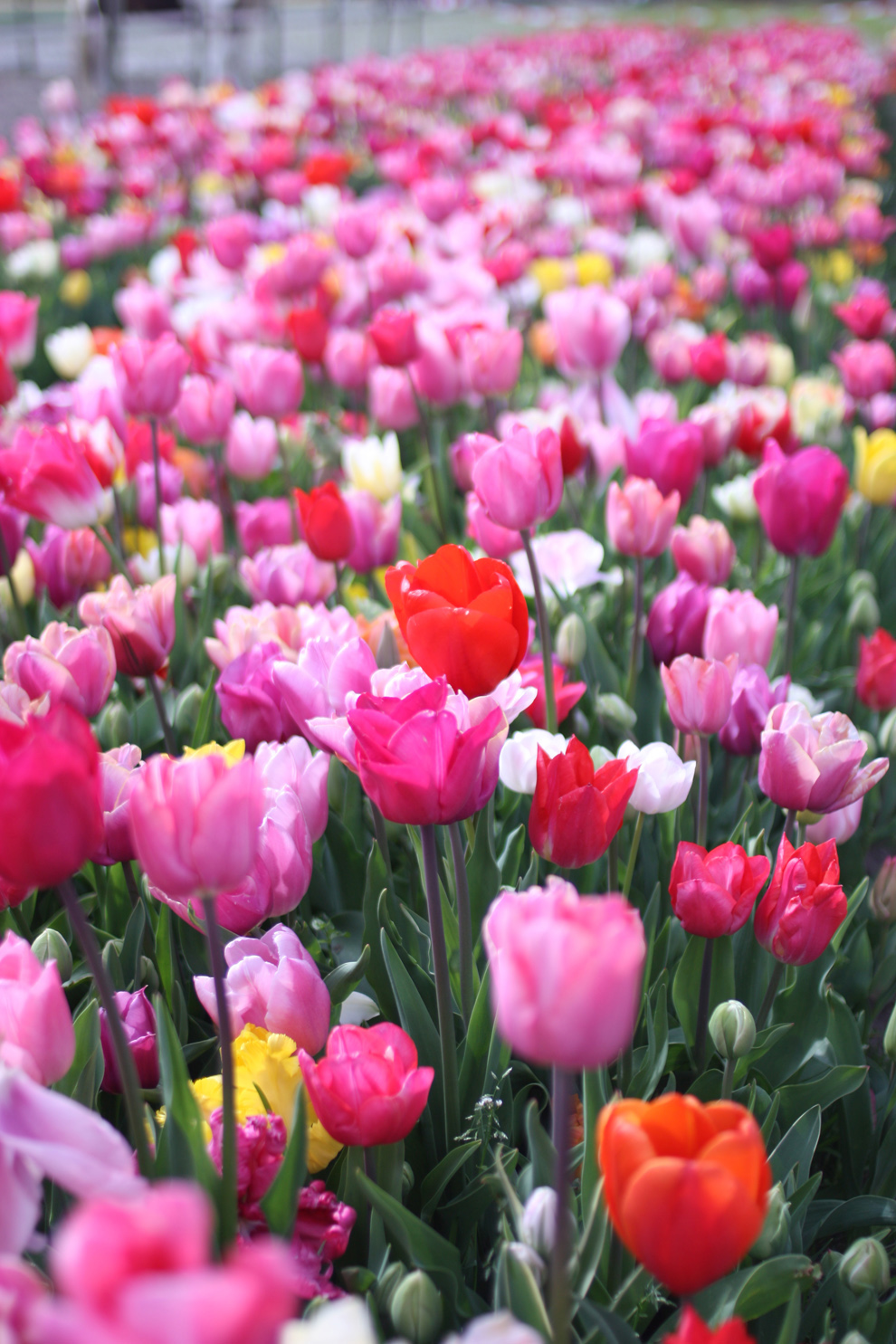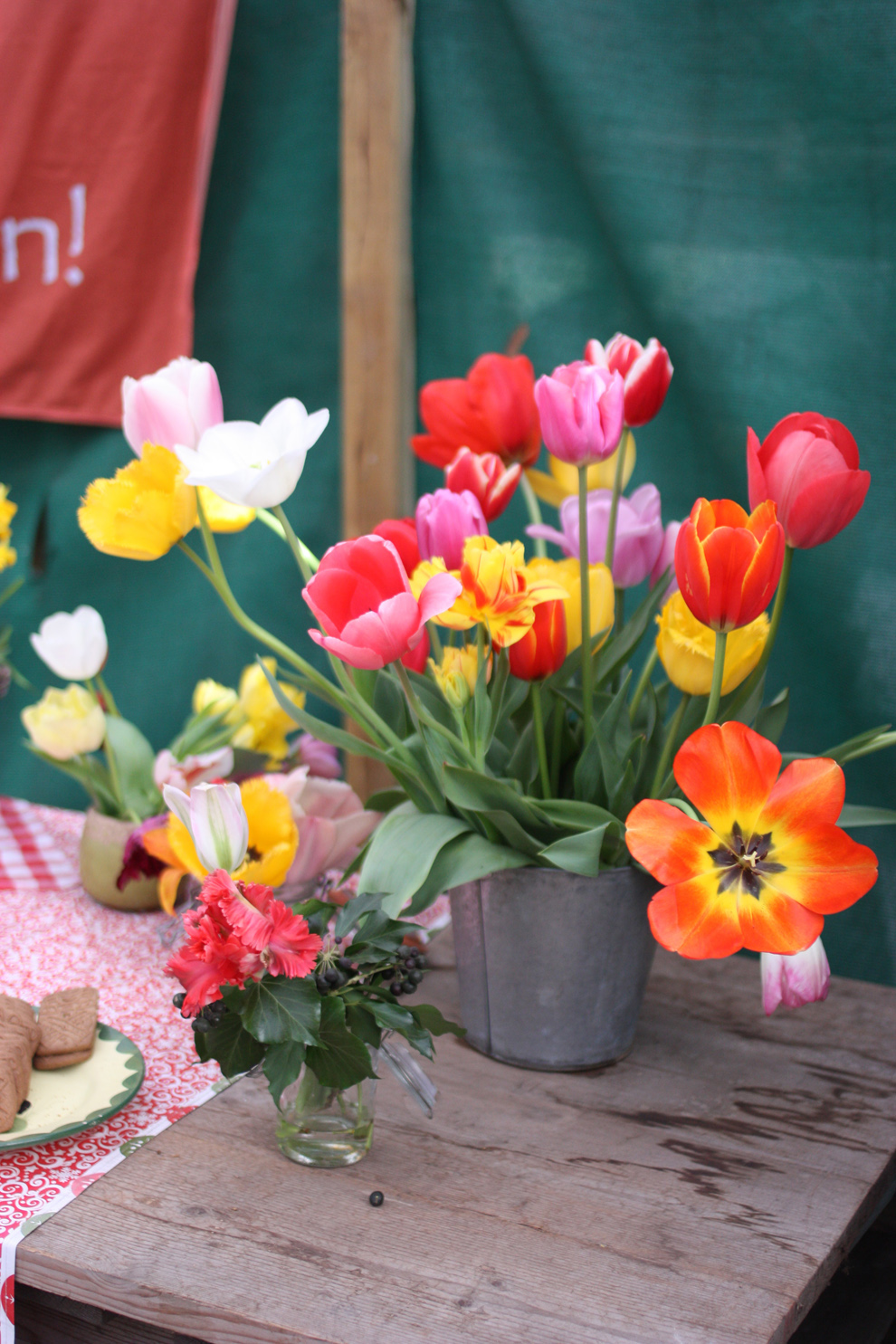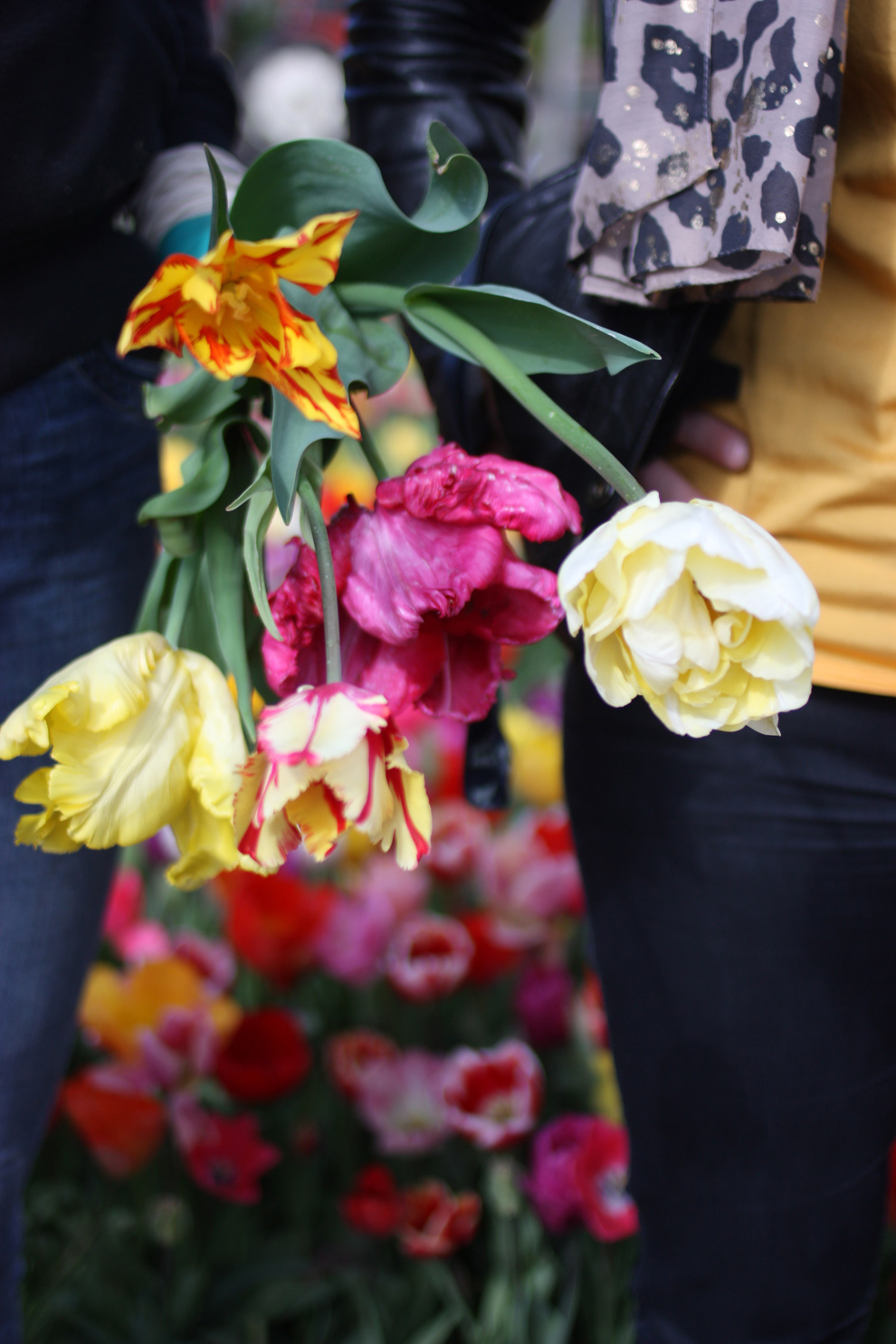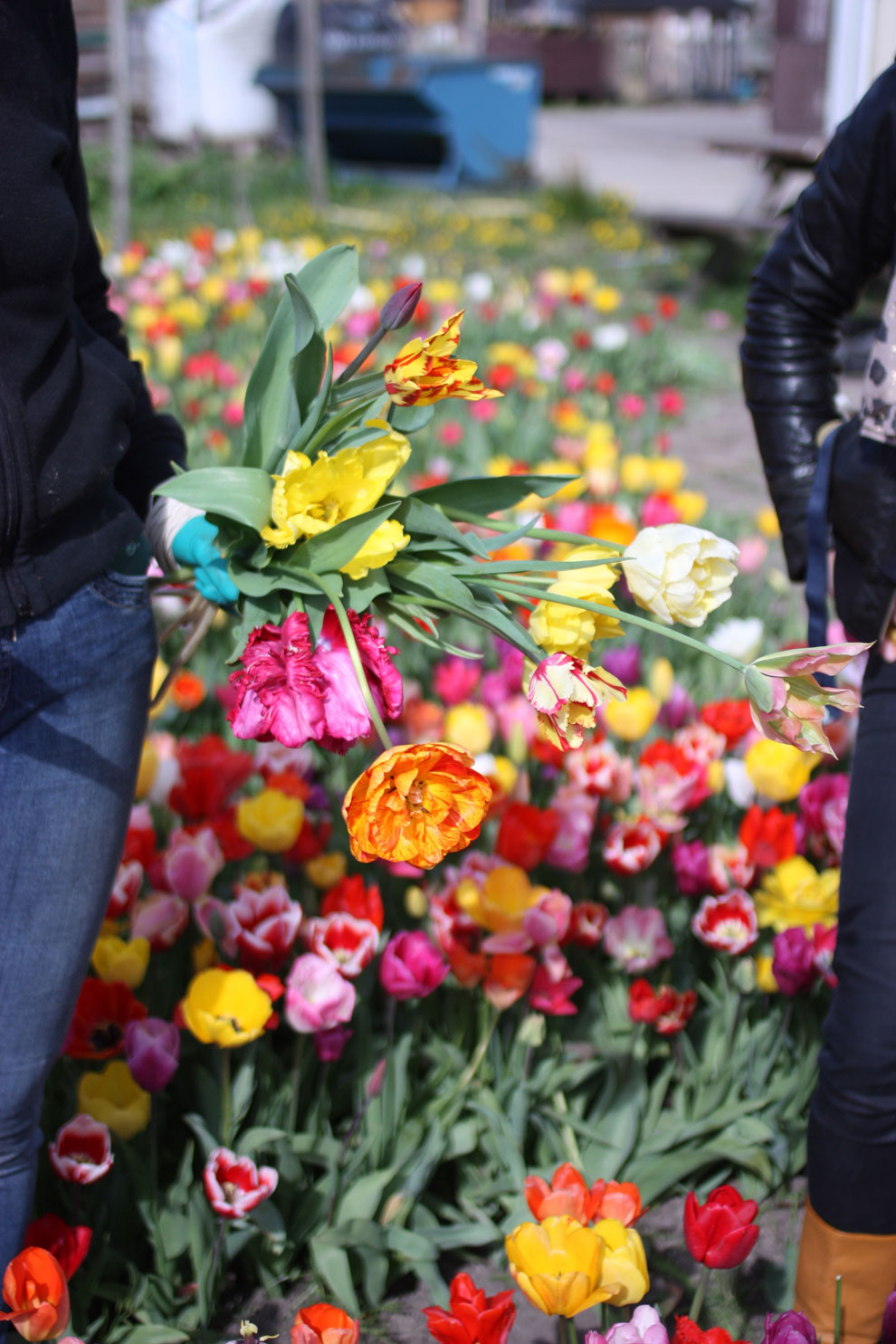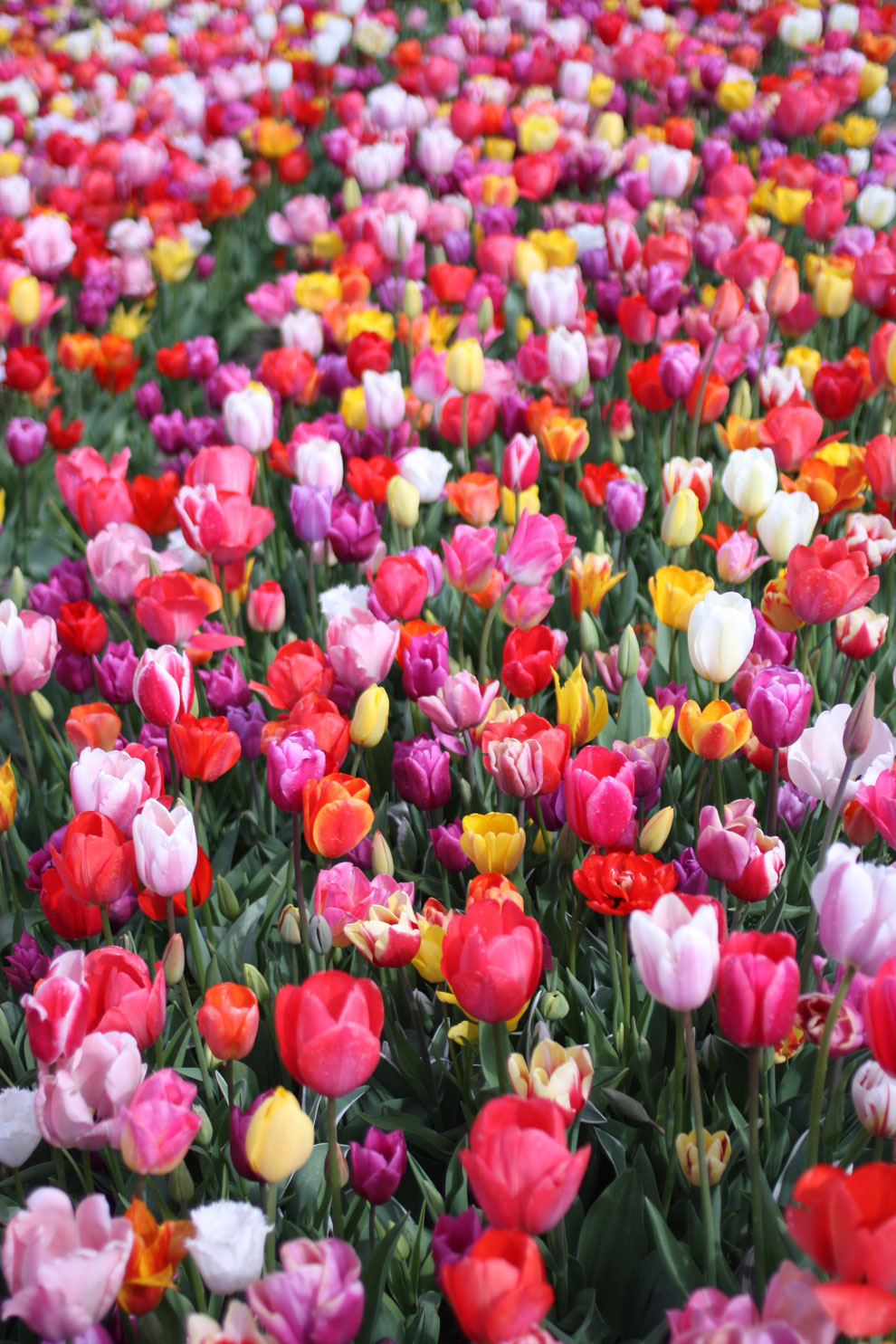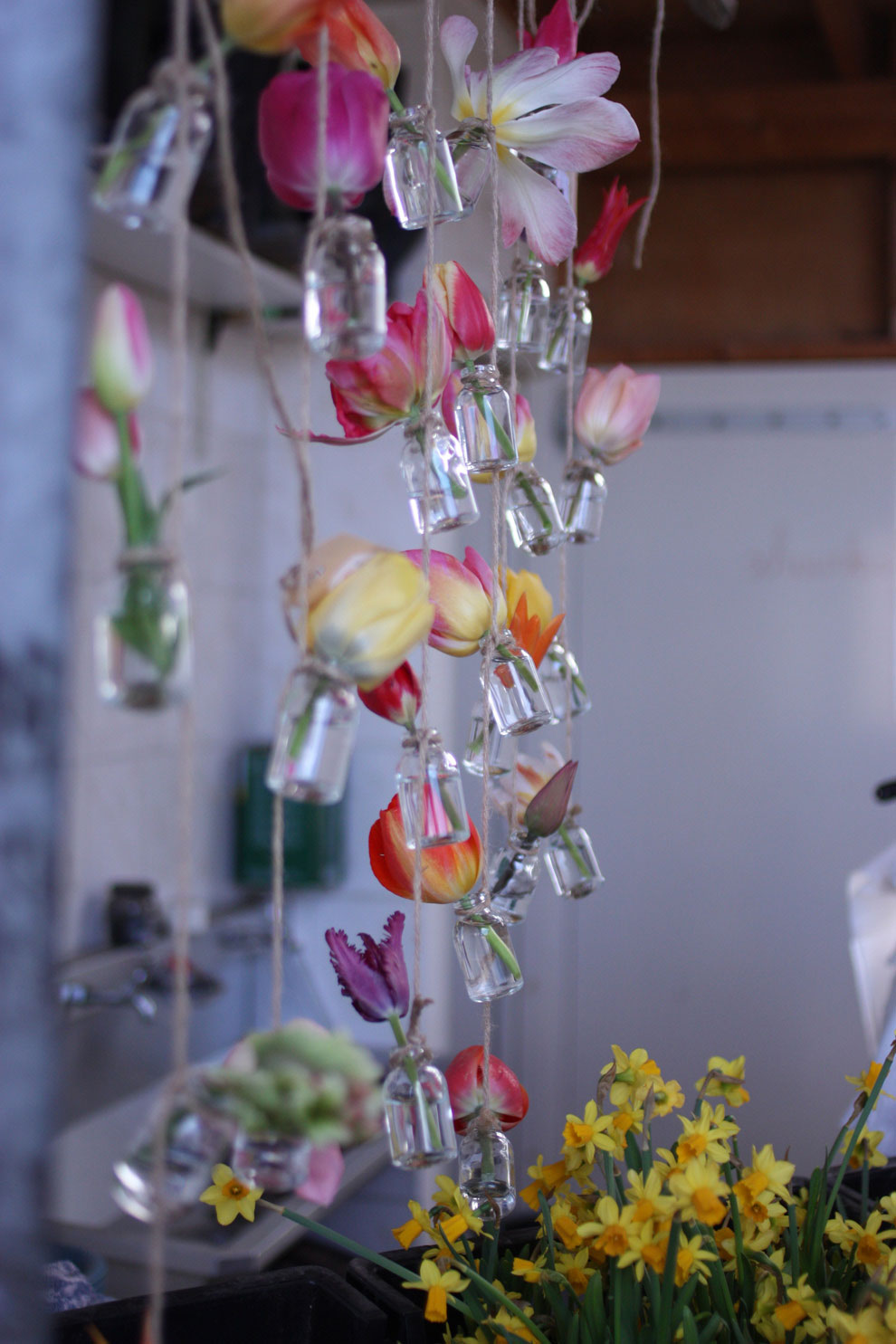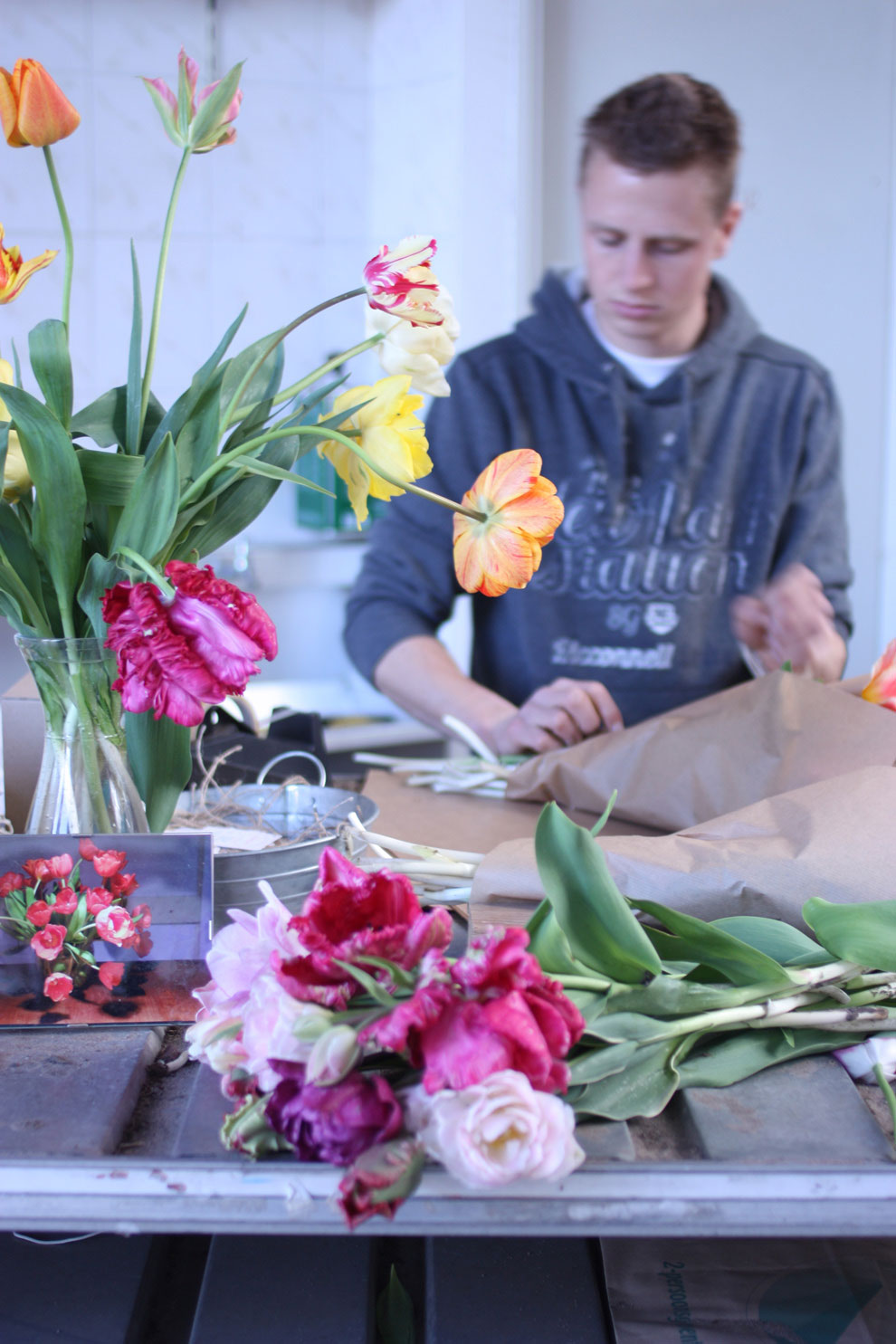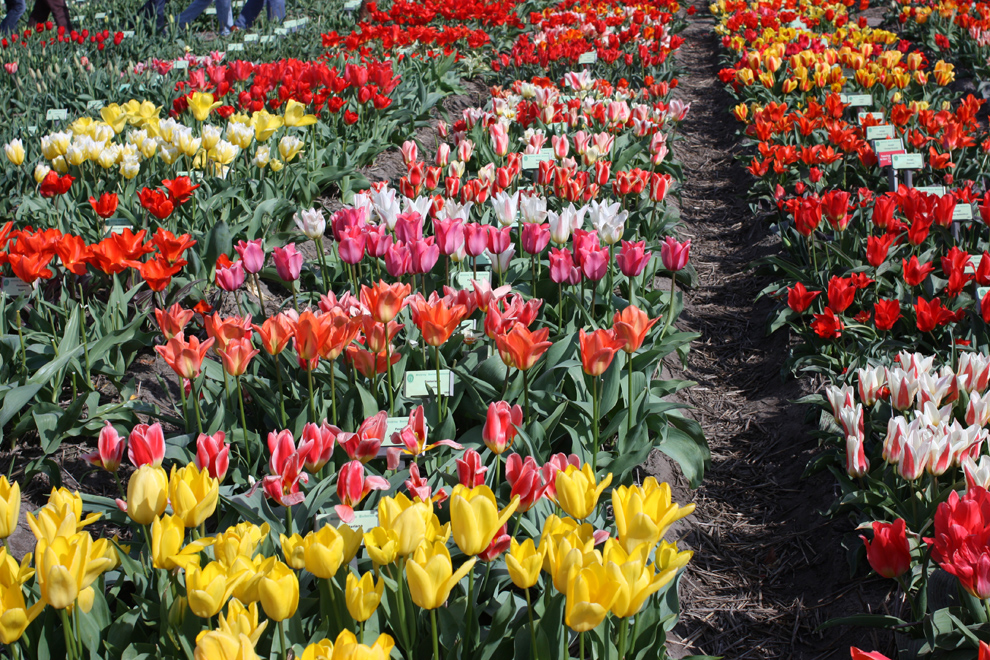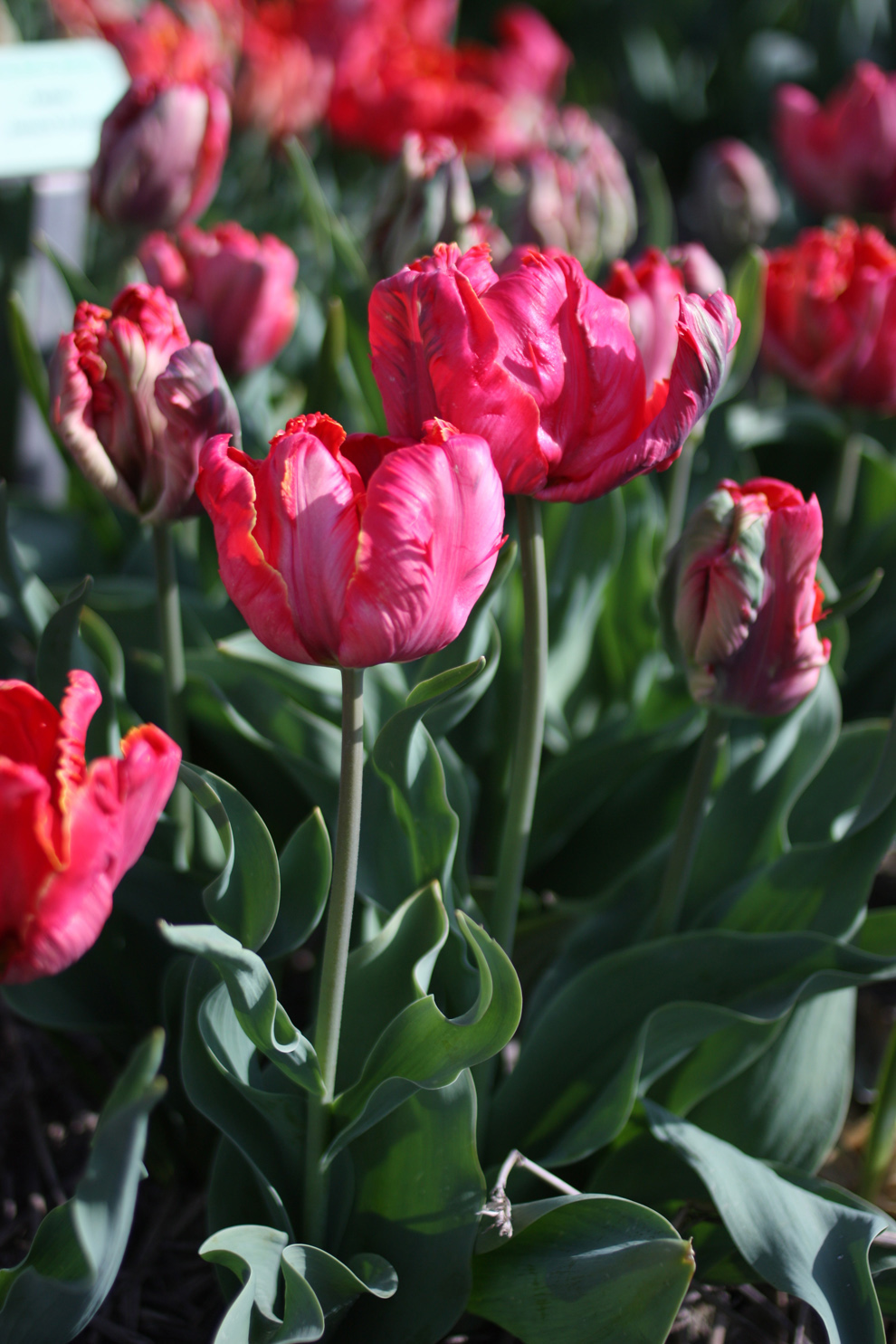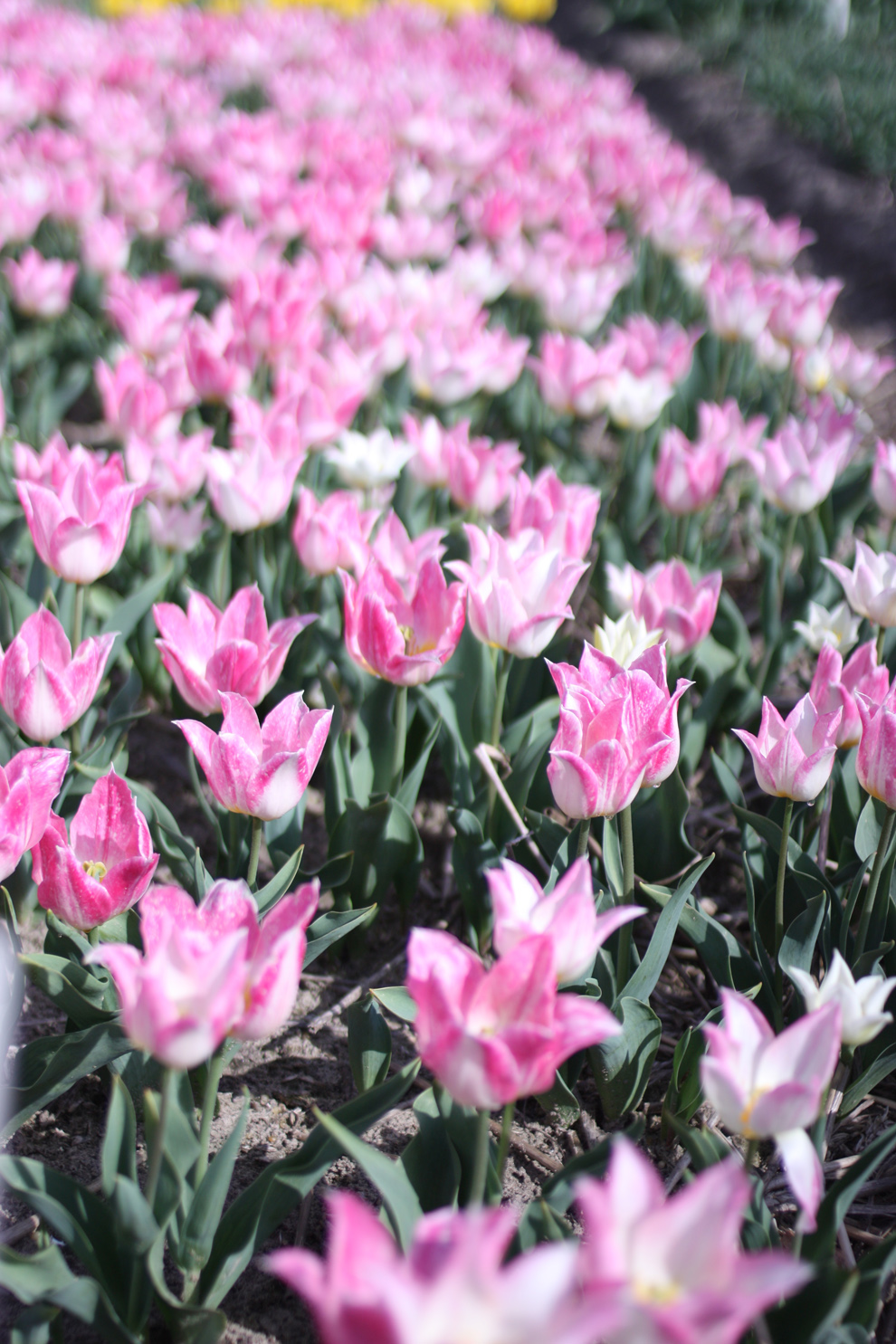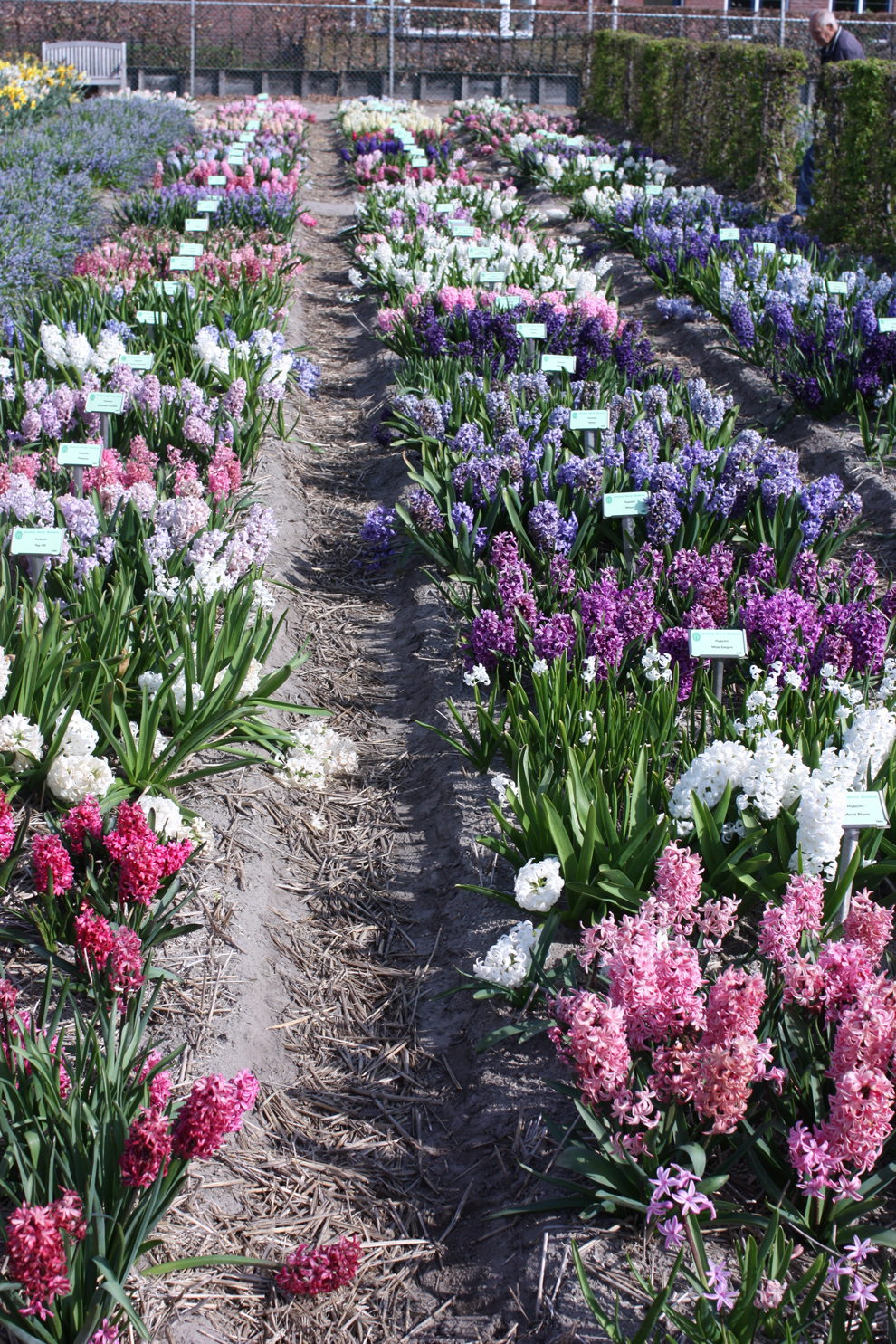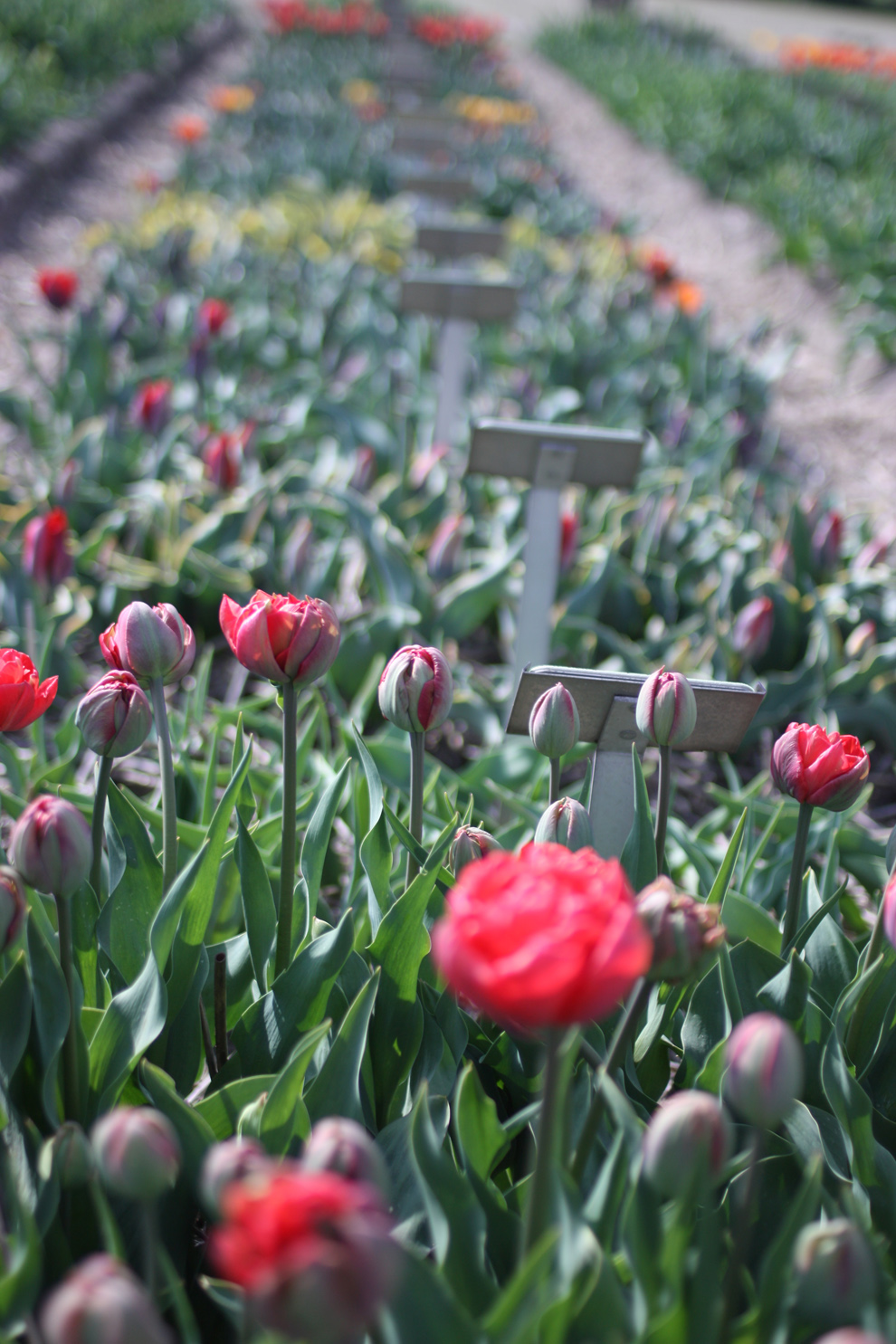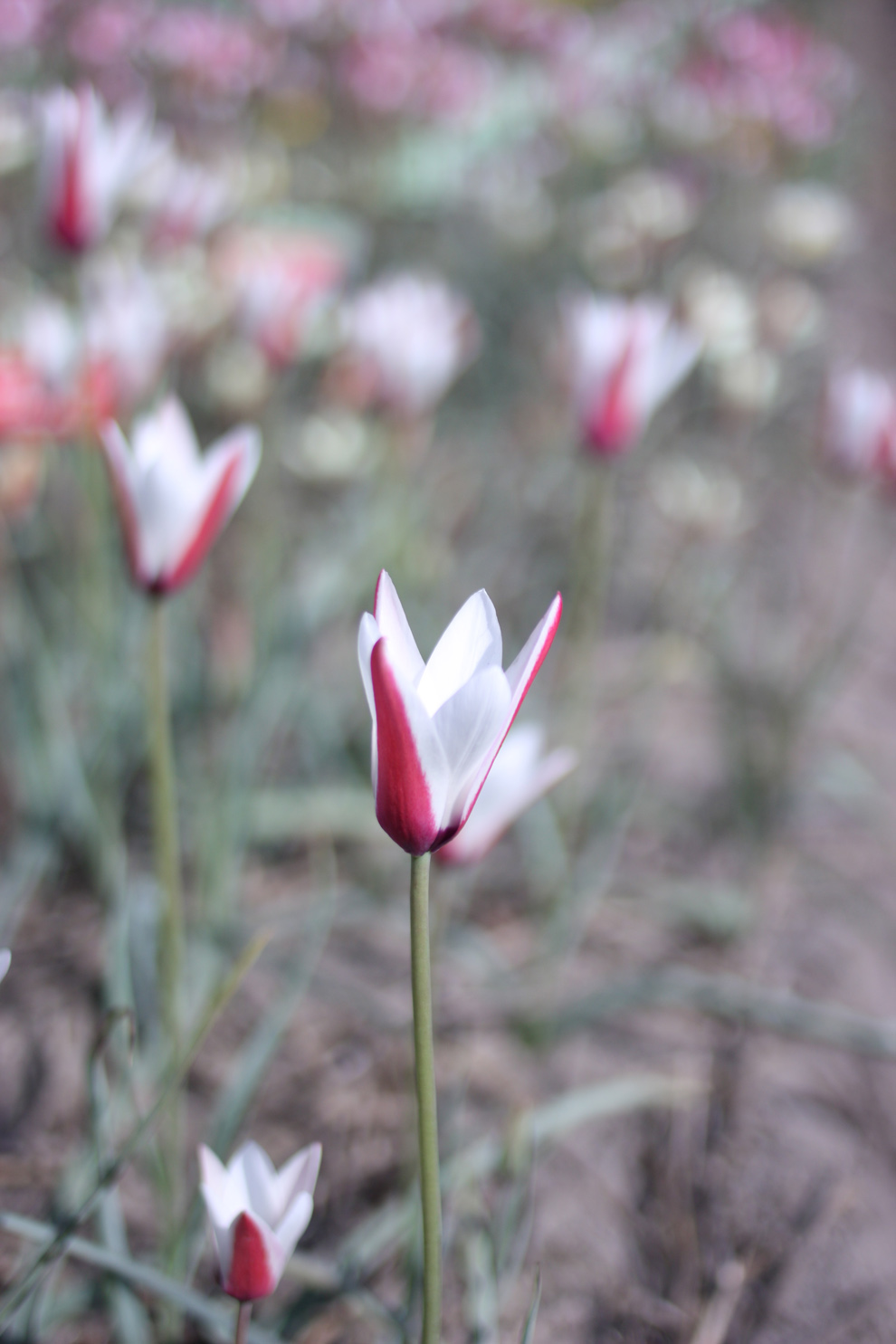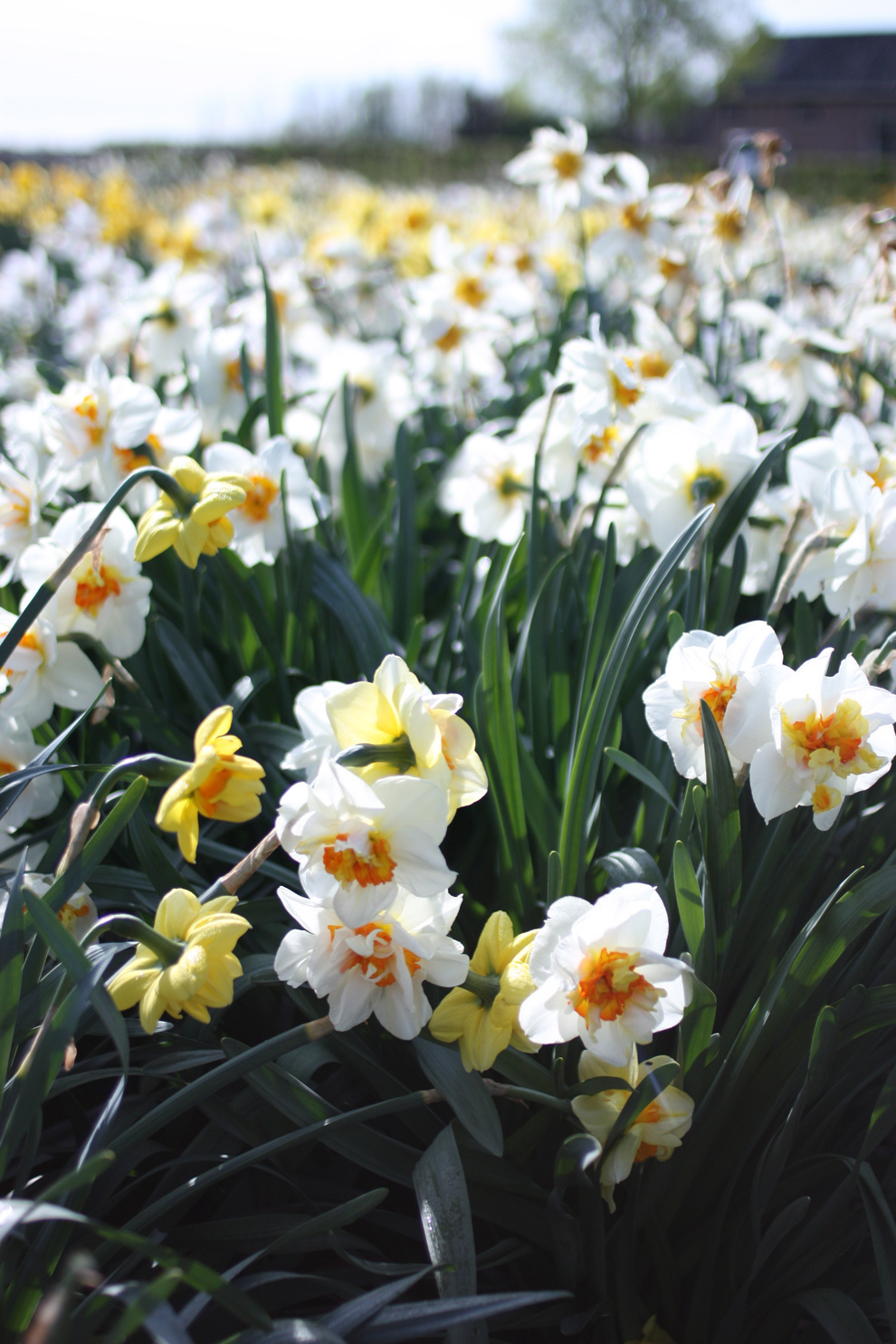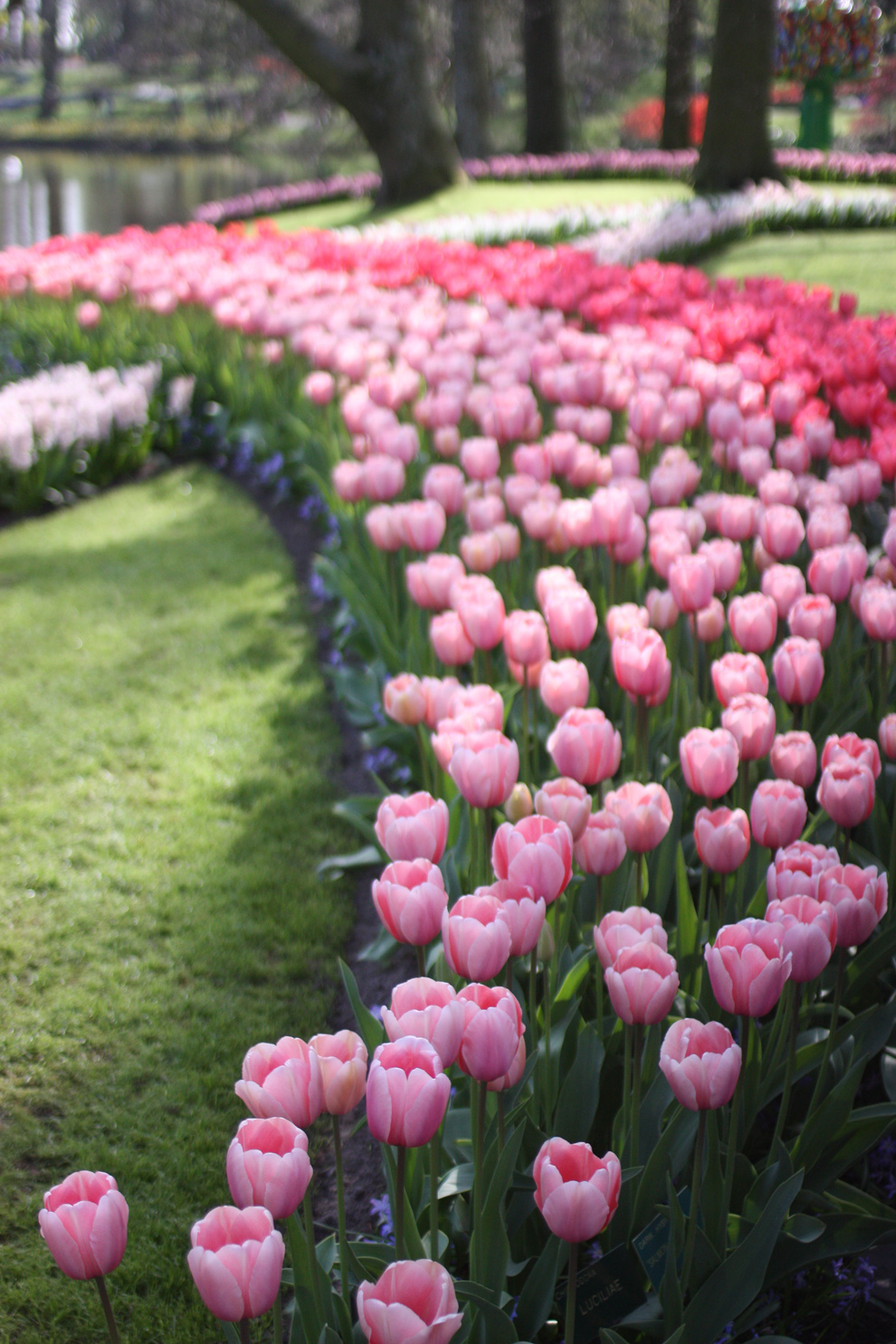
Hello everyone,
As you might have seen on Instagram, if you follow me there, I just came back from a trip to Holland, to Keukenhof, to be more precise. Keukenhof is a synonym for paradise for flower lovers and it is also known as the most beautiful spring garden in the world.
I was invited to Keukenhof along with two other bloggers, the travel blogger Udo and the garden blogger Olaf and we had a great time together during this tailor-made trip. We started with a lovely guided tour of the Keukenhof park, followed by a bike ride through the flower fields and visit to a field where you can pick your own tulips. On the second day, we visited the historical garden of Hortus Bulborum and finished our lovely trip in Amsterdam with a guided tulip tour of the Rijksmuseum (I will tell you more about it in another blogpost later). Here are the photos from my trip and my impressions, as well as some practical information, if you want to visit Keukenhof too.
1- Keukenhof:
In 2014 Keukenhof opened its gates for the 65th time. When the gates will close only eight weeks later, on May 18th, another 800,000 guests from all over the world will have visited the Keukenhof international flower exhibition in Holland. The park of Keukenhof is situated in the Lisse, only a few kilometres away from Amsterdam Schiphol's airport.
Keukenhof's mission is to be the international and independent showcase for the Dutch floricultural sector, with a special emphasis on flowering bulbs. I was very surprised to find out that among the 7 million flowers planted on over 32 hectares in the park, only half of them were tulips. In Keukenhof, you can find many other flowering bulbs, such as muscari, daffodils or hyacinths and fritillaria.
The park is literally carpeted with flowers and bursting with vibrant colours. Each year, thirty gardeners (29 male and one female gardener) plant bulbs at reserved locations throughout the park. At the end of the season, these bulbs are harvested, and a new cycle of planting, blooming and harvesting begins again in the autumn. The planting is redesigned every year. The plants are carefully selected so that visitors can enjoy bulbs in full bloom throughout the entire period Keukenhof is open. The seven million flower bulbs are supplied completely free of charge by a hundred exhibitors who could hardly imagine a better showcase for their products. The Netherlands is the world’s largest producer of tulip bulbs, with a surface area of 10,000 ha providing an annual 4.2 billion bulbs.
Keukenhof also has inspirational gardens, to give the visitors new ideas for their own garden, and a beautiful historical garden. The flower shows situated in the indoor pavilion are stunning and change every week. I was lucky to be there during the Hortensia show and see some beautiful sorts. During the opening season, 30 flower and plant shows take place at Keukenhof. Growers exhibit a wide variety of flowers and plants in all different colours and shapes. 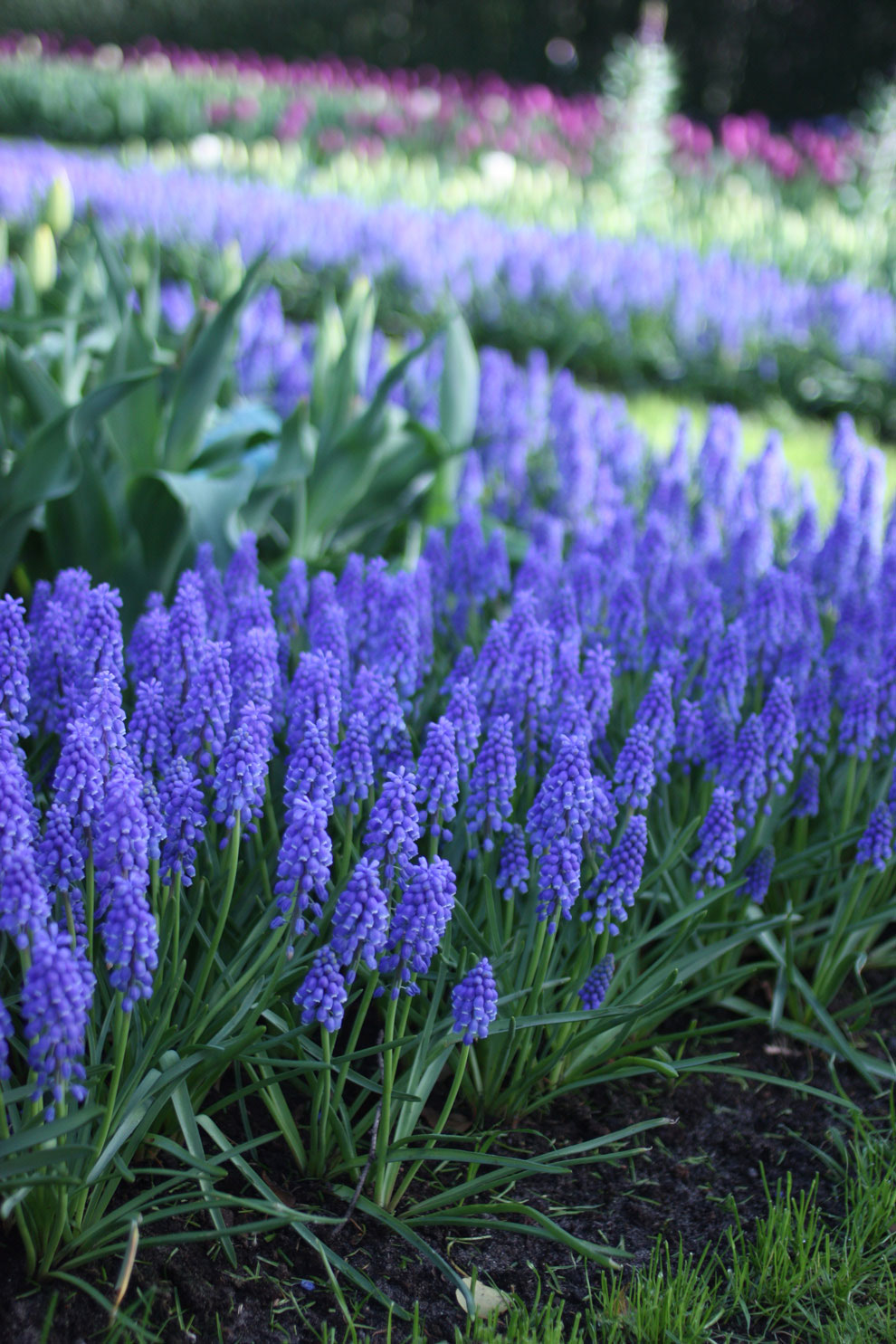
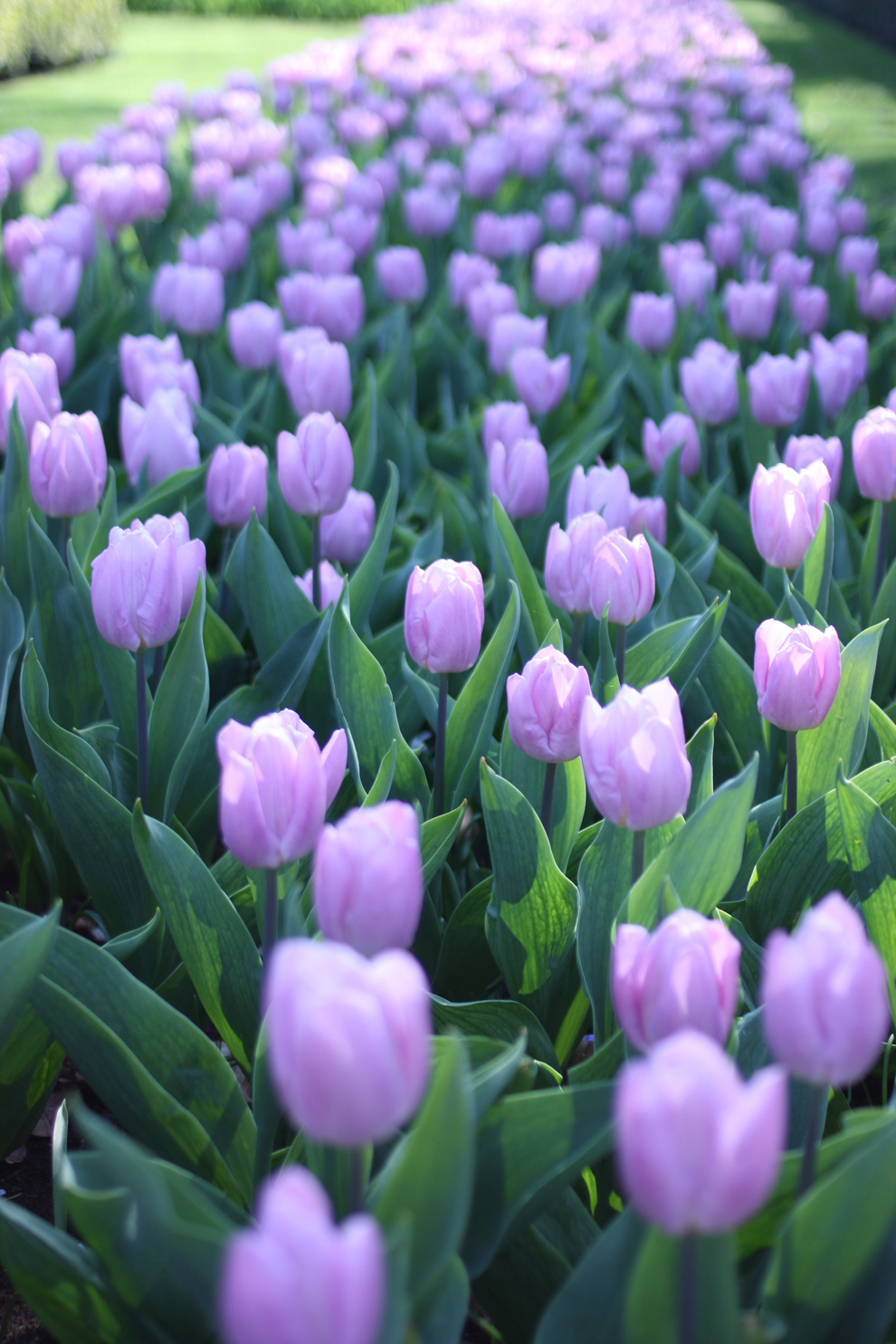
2- The Flower fields: 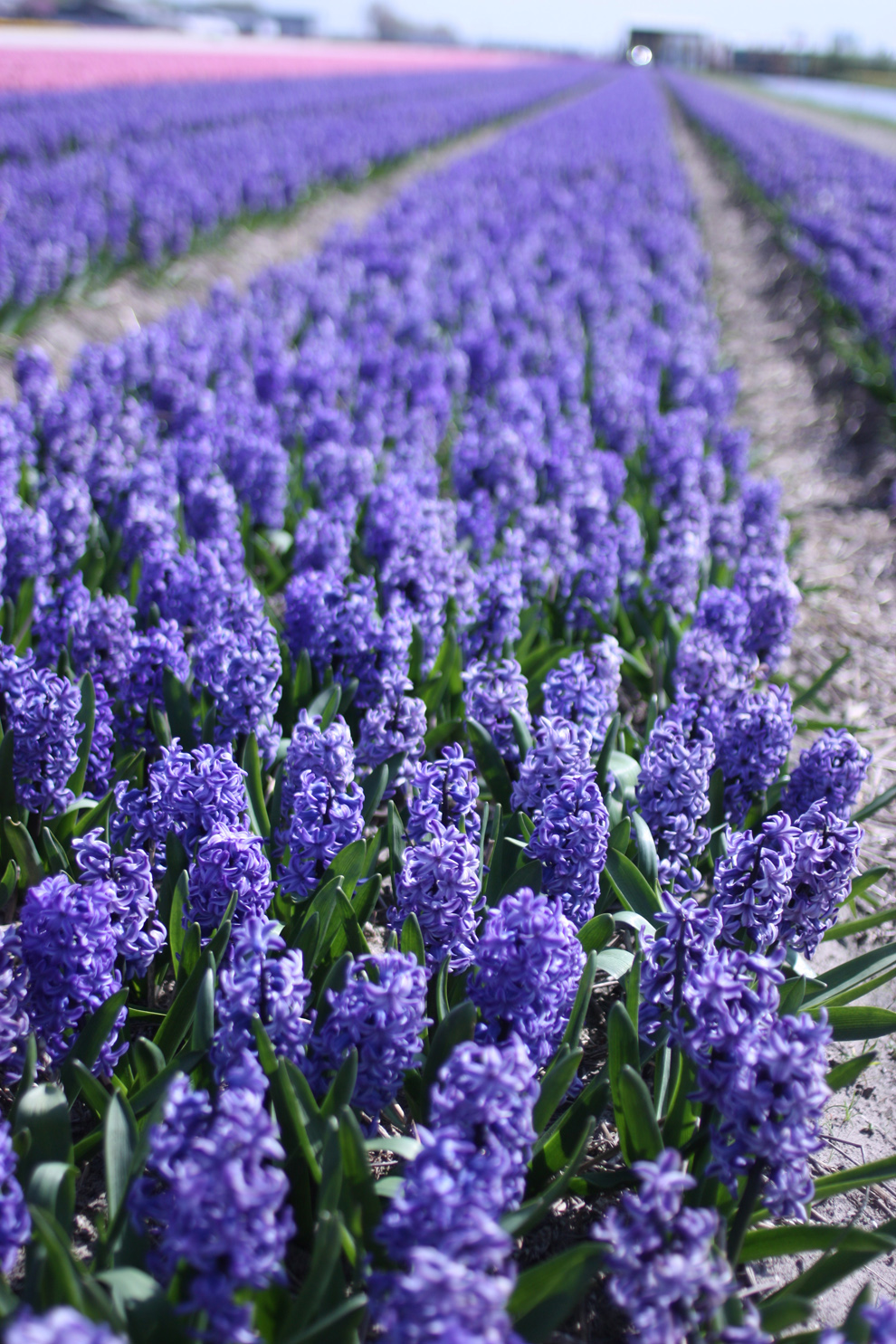

3- Annemieke's Pluktuin:
After a very interesting guided tour of Keukenhof, and a great bike ride through the flower fields, we headed to Annemieke's Pluktuin, a field where one can pick one's own tulips. We learned a lot about tulips, and about the mixed planting trend. In the field you can find an incredible amount of tulip varieties, all mixed together. It really made me revise my opinion about tulips being a rather dull flower. 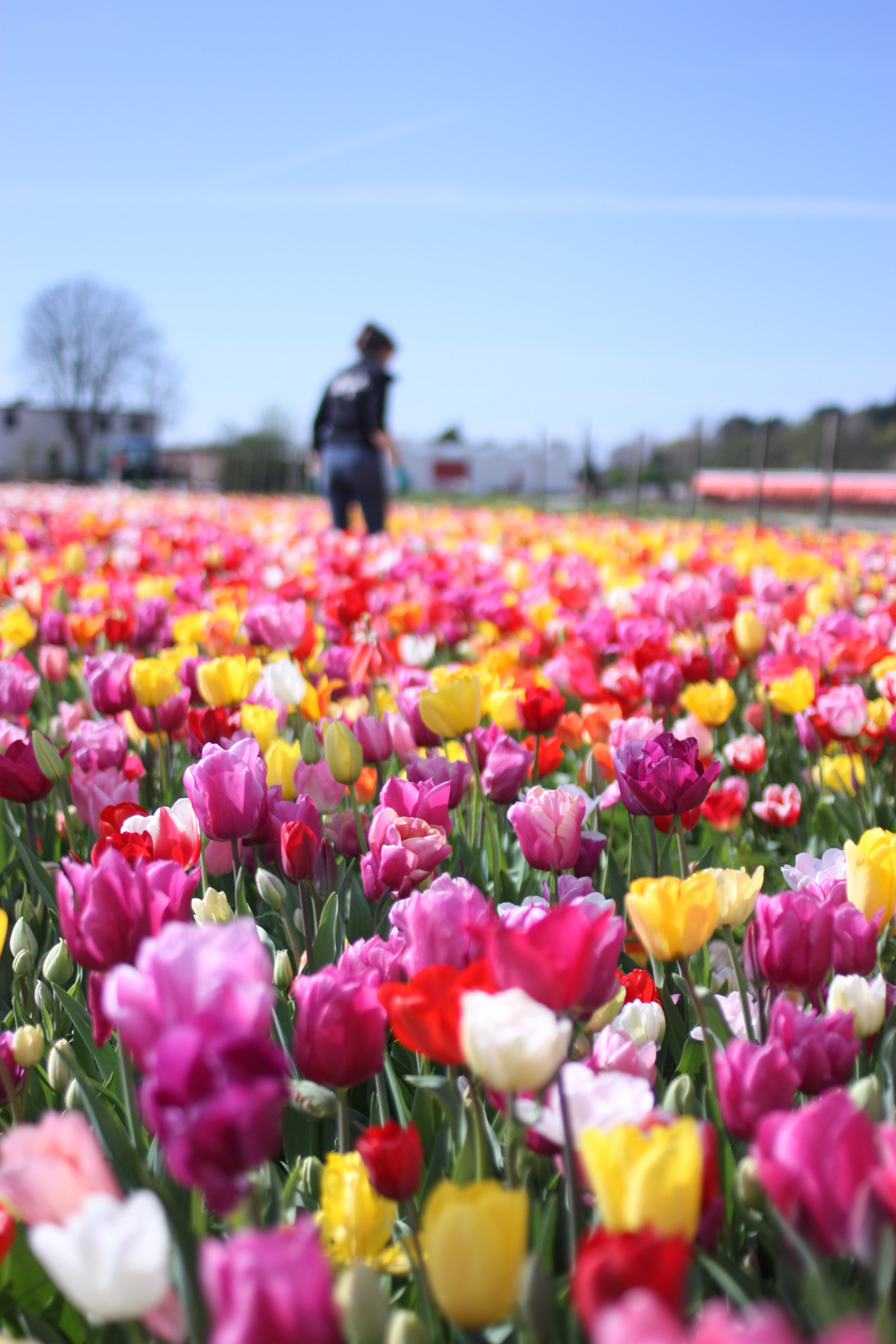
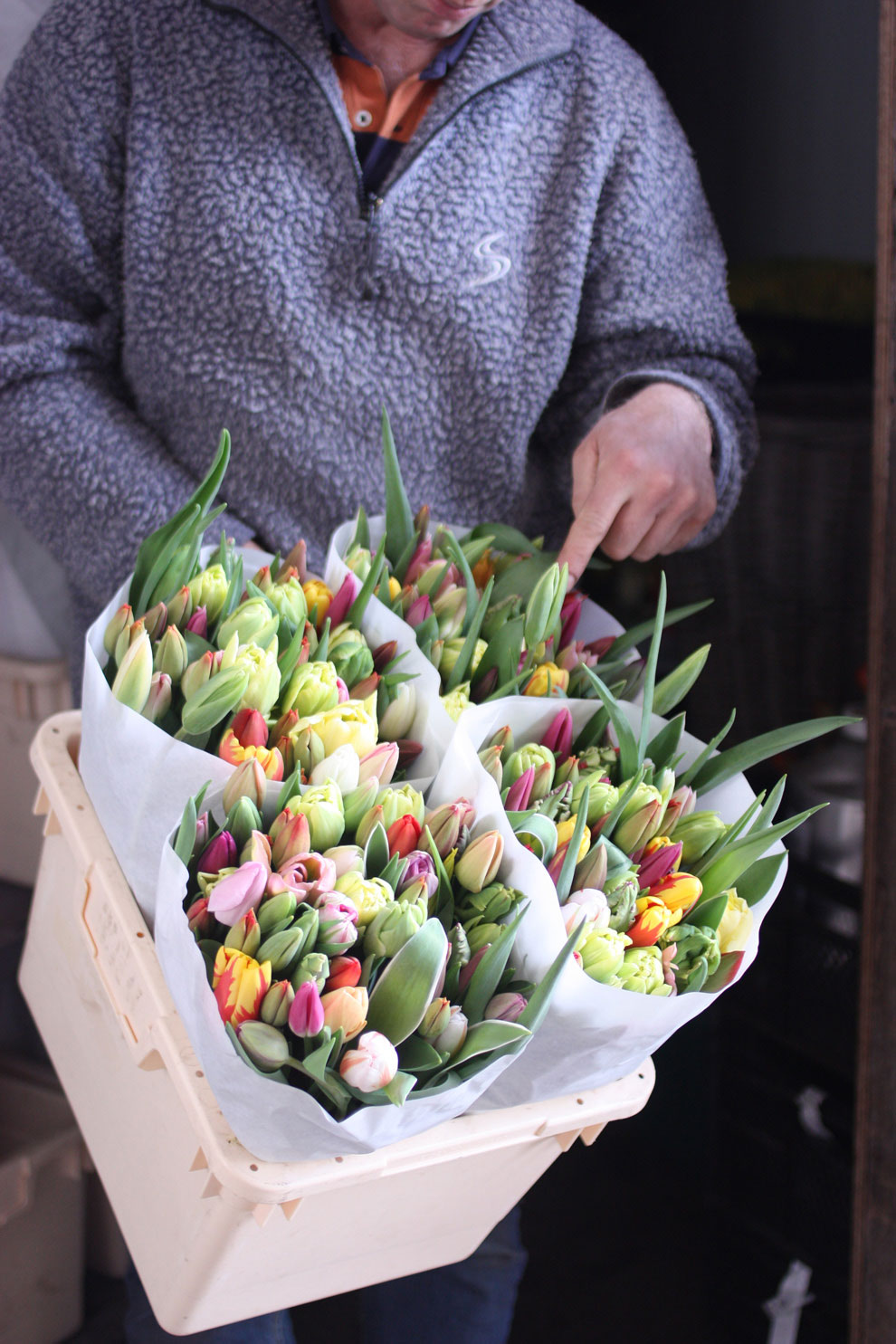
4- Hortus Bulborum:
The Hortus Bulborum Foundation presents an incredible collection of 4,000 historical bulbs. The plants are presented in a beautiful garden situated in a lovely village near Keukenhof. This collection consists primarily of tulips (with its 19 families), narcissus and hyacinths, but there is also a small number of Fritillaria and crocus. I especially loved the Tulipa family, the simple tulips from the mountains of Uzbekistan and Kazakhstan.
The Hortus Bulborum is open every year from April 6 until May 16. The bulbs shown in the garden can be bought online on the Hortus Bulborum website. Tulip bulbs should be planted in the autumn, from September to November. 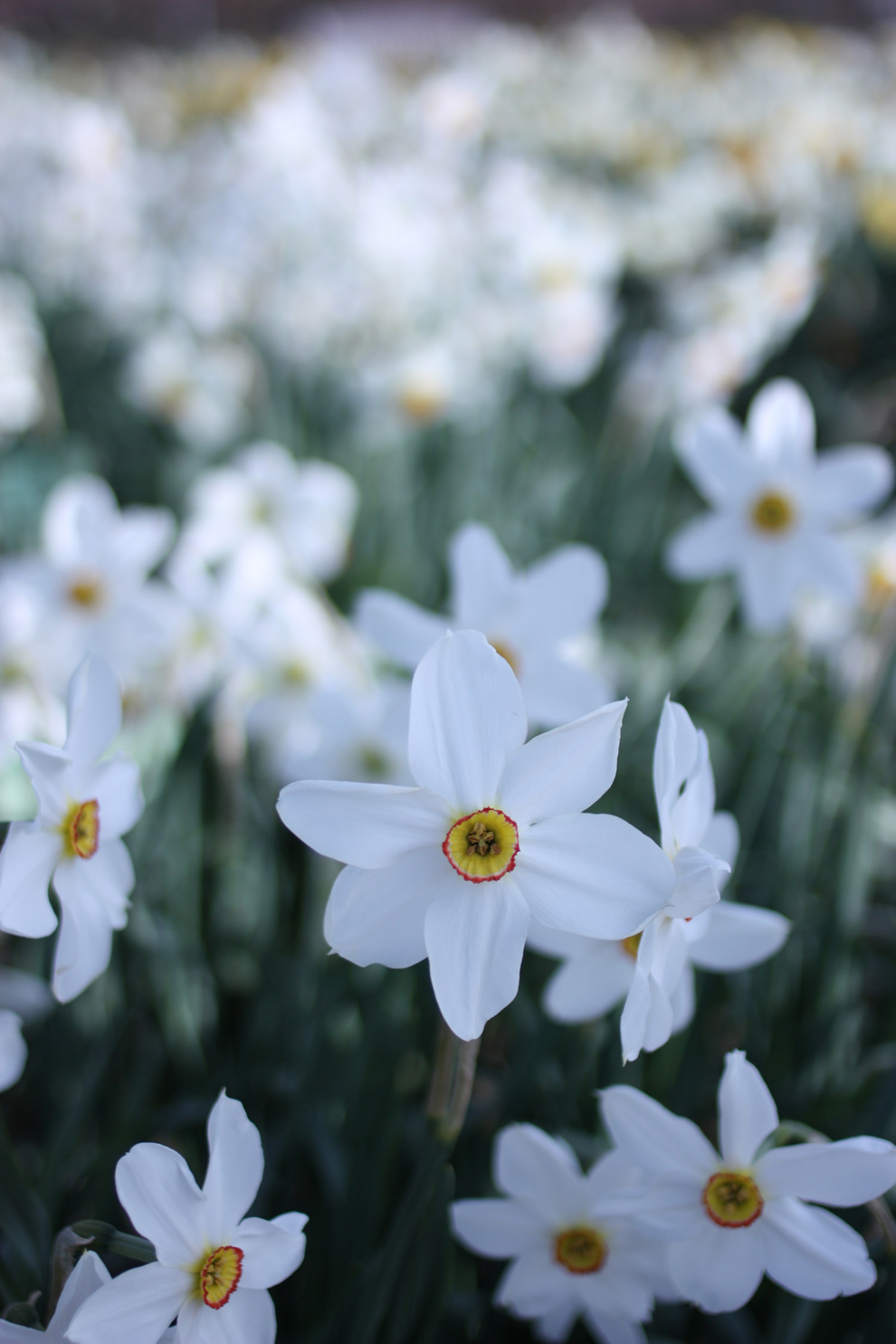

5- Fun fact about tulips: Here are a couple of things I learned during my trip to Keukenhof:
The etymology of the word tulip: Some people say that the word tulip comes from the Persian delband ("Turban"), this name being applied because of a perceived resemblance of the shape of a tulip flower to that of a turban
The origin of the tulip and its introduction in Europe: Tulips were originally found in the Tian Shan mountain region of the north-western Himalaya. Dozens of different types in all kinds of colours still grow there each spring. The tulip became a cherished flower in Turkish culture, and is still so today. Sultans organised tulip parties each spring. And the most extraordinary tulips were illustrated in beautiful books. The Belgian doctor Carolus Clusius (1526-1609) was employed as the Austrian court botanist in Vienna from 1574 till 1588. After leaving Vienna in the late 1580s he established himself in Frankfurt am Main, before his appointment as professor at the University of Leiden in the Netherlands in October 1593. He helped create one of the earliest formal botanical gardens of Europe at Leyden, the Hortus Academicus. Clusius was one of the first in Northern Europe to recognise plants for their own sake, valuing their beauty as well as their use. His friend Busbecq, the Austrian ambassador in Turkey, brought him some bulbs for his botanical garden, to test if they could be used for medical purposes. Clusius recognised that the tulips were not of any use for the body, but that their beauty was good for the soul. Clusius had the tulip varieties grown and spread them among fellow botanists in Europe. He is therefore known as being primarily responsible for the introduction of the tulip as a cultivated garden plant in Europe. 1594 is considered the date of the tulip's first flowering in the Netherlands.
The origin of the Parrot tulips: The immediate popularity of the tulip drove Clusius and other horticulturalists to produce new colour variations to satisfy the demand for those beautiful flowers. Over the years, many tulip forms were produced by crossing and hybridising techniques. Some had frilly petals and a dramatic flame-like colour that later became known as Parrot tulips. In the 20th century, these distinctive characteristics were found to be the symptoms of the mosaic virus which was transported to the tulip plant by a louse living on peaches and potatoes! Today, hybrids have been developed with similar visual characteristics, but without the virus infection.
6- Practical information:
- The park of Keukenhof is still open until May 18th The tickets can be bought online here (it is better to book online, if you don't want to wait at the entrance) 15 € for an adult/ 7.50 € for a child (4 - 11 years) and 13 € for a group (from 20 people).
- If you don't come by car, you can buy a combi ticket from the airport or from the city centre of Amsterdam including the bus ride in both directions. You don't need to purchase the ticket for a particular day and they are valid until the park closes on the 18th May.
- If you spend the day at Keukenhof, you can also rent a bike for the day for just 10 € per person and explore the flower fields around the park.
I hope I made you curious about this great region and about the Keukenhof park. If you have any questions, don't hesitate to ask me in the comment field! I will be back soon with some more flowers and interior crush. I will be going for some more flower watching at the end of next week to the Daffodil festival in North Frisia. Have a great day! Elodie
